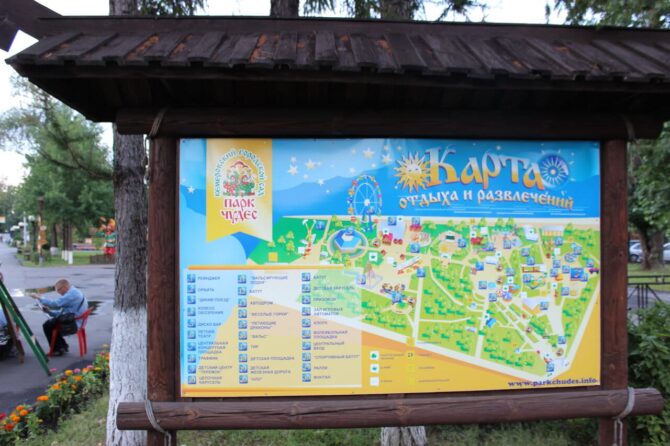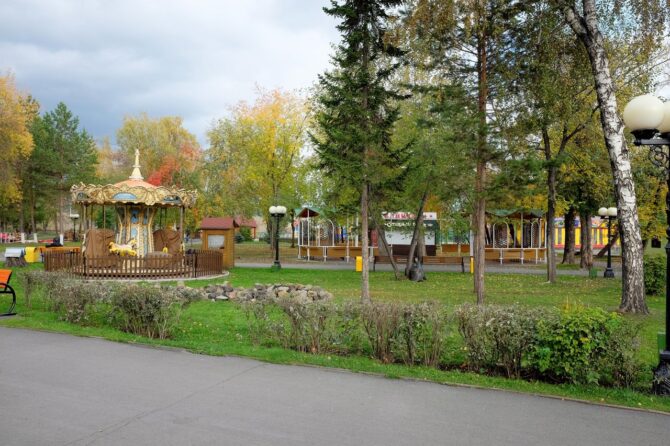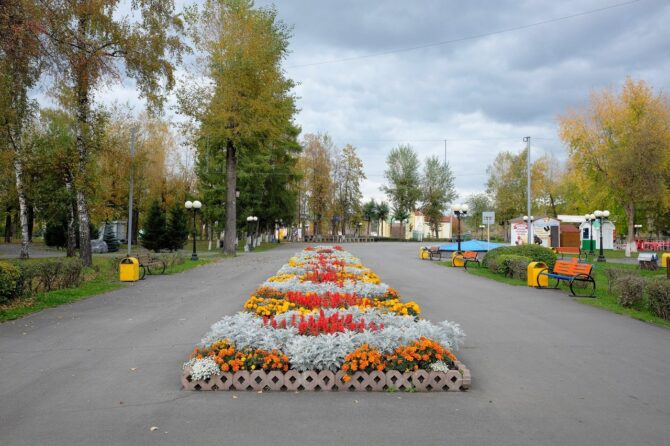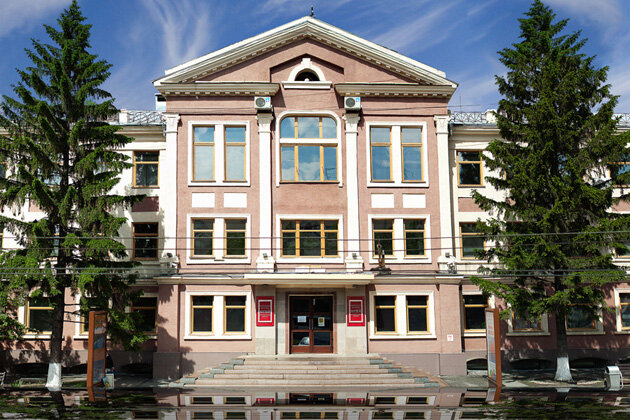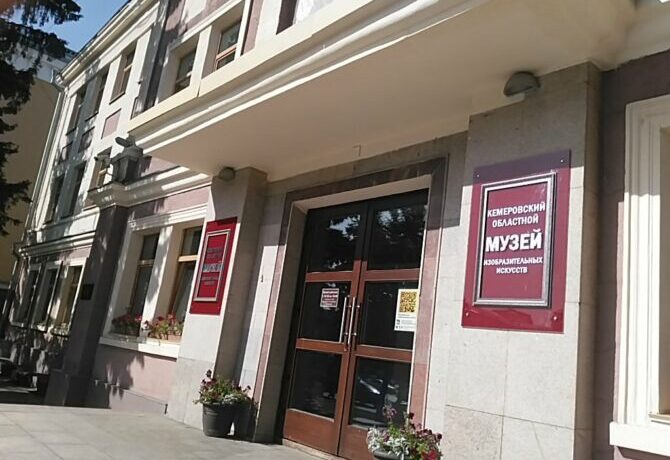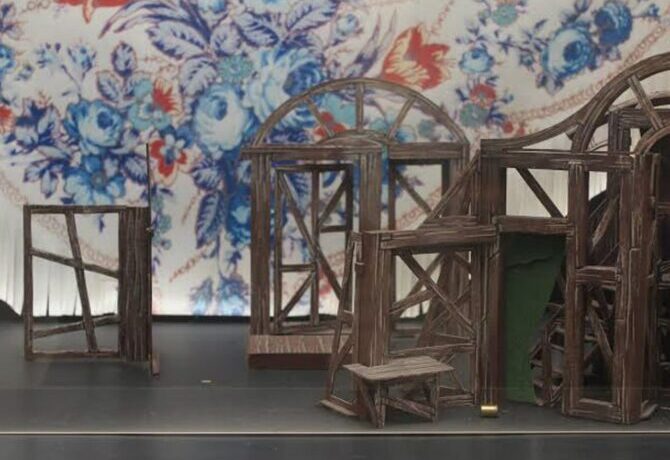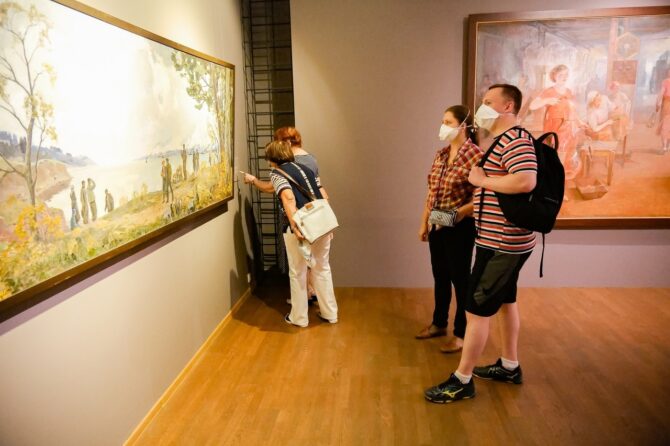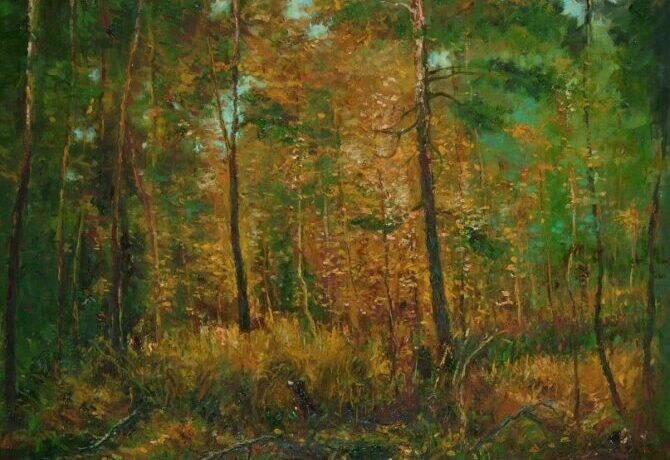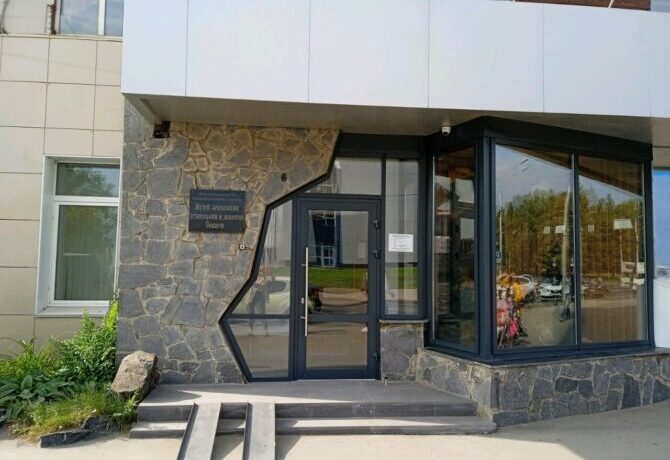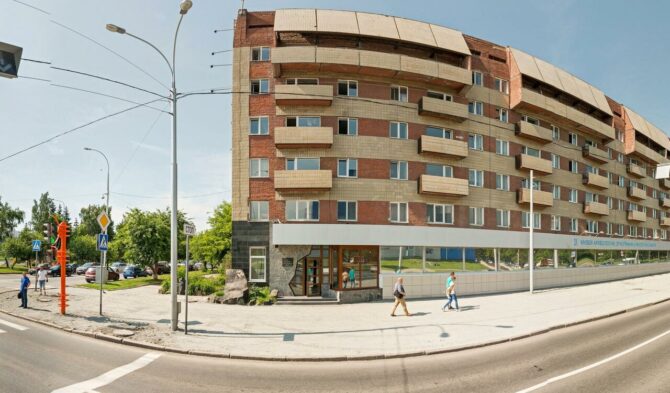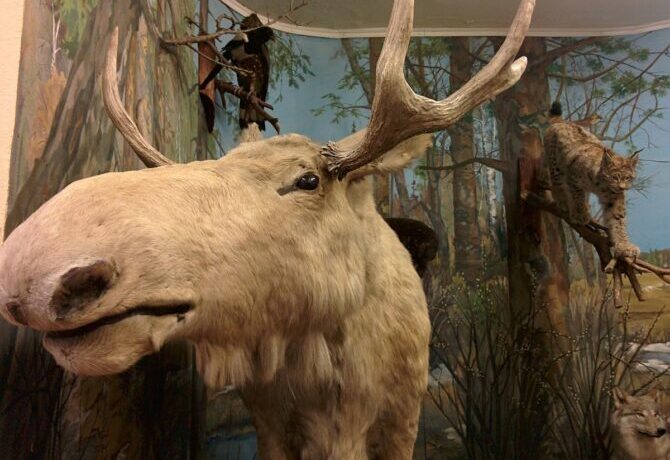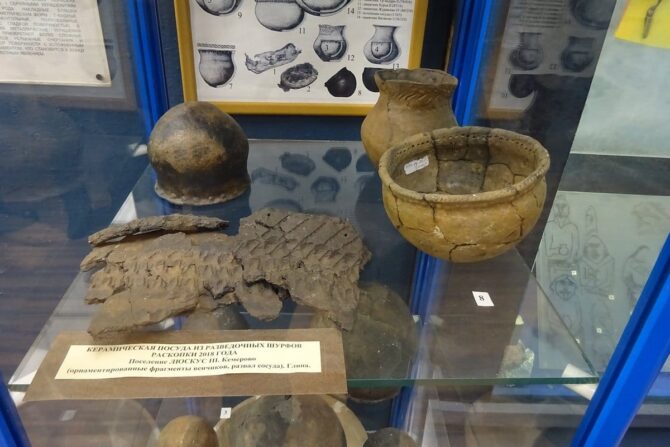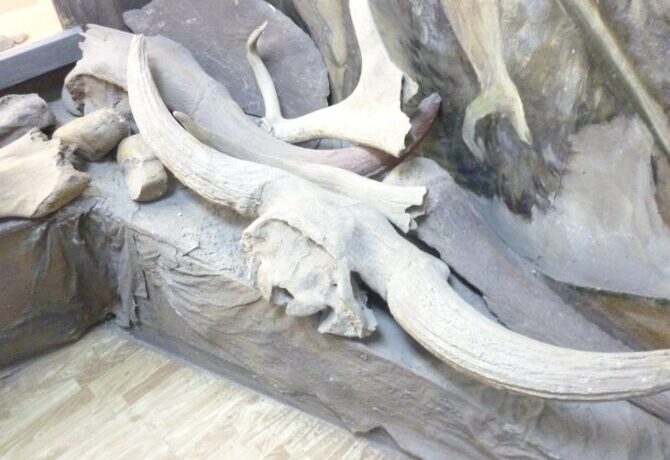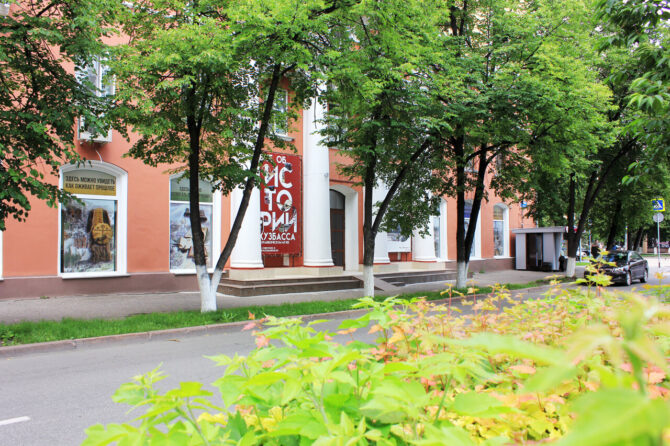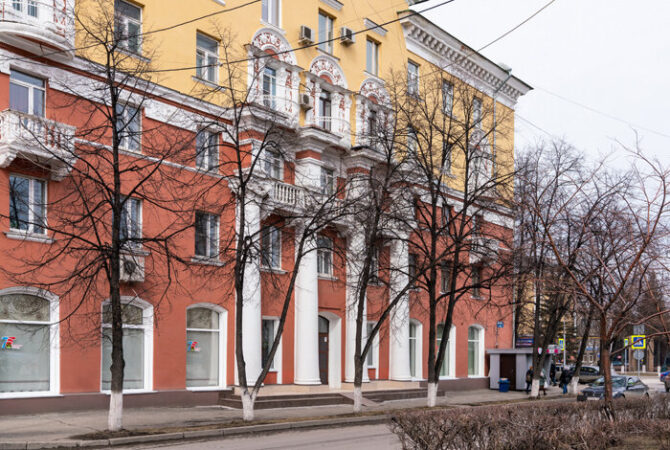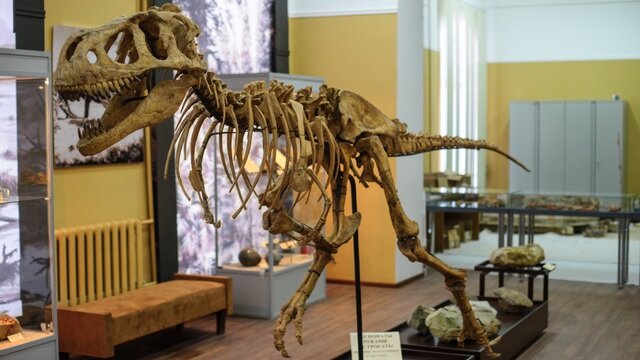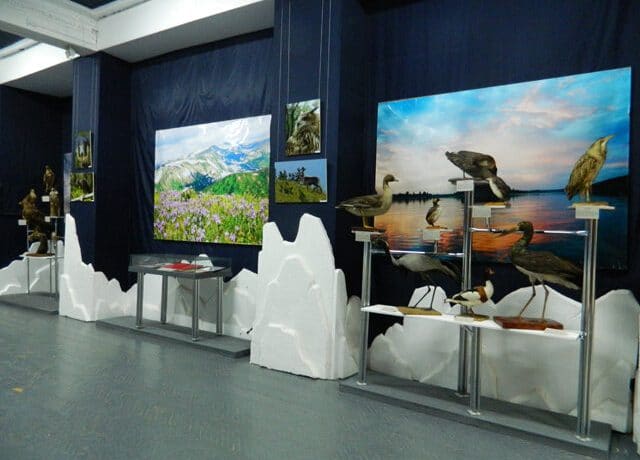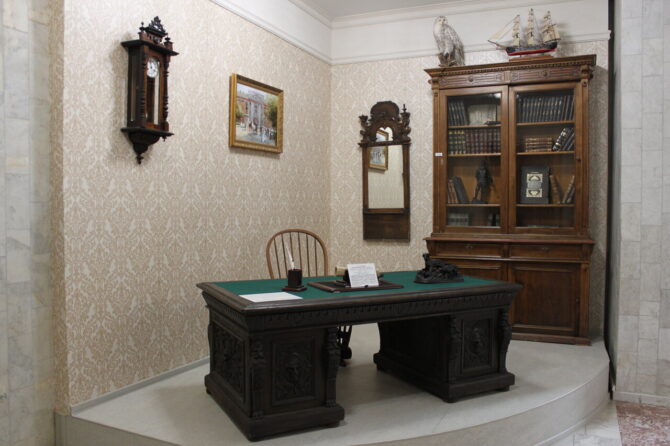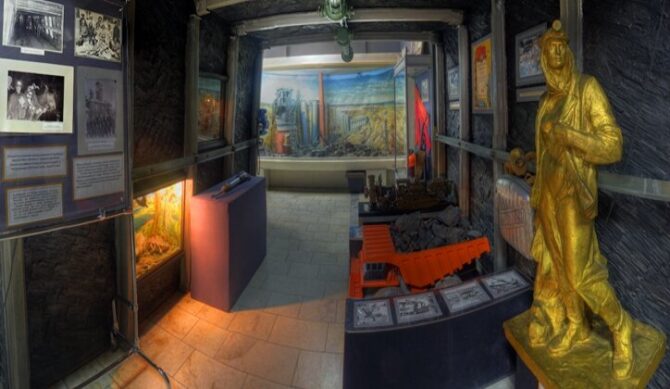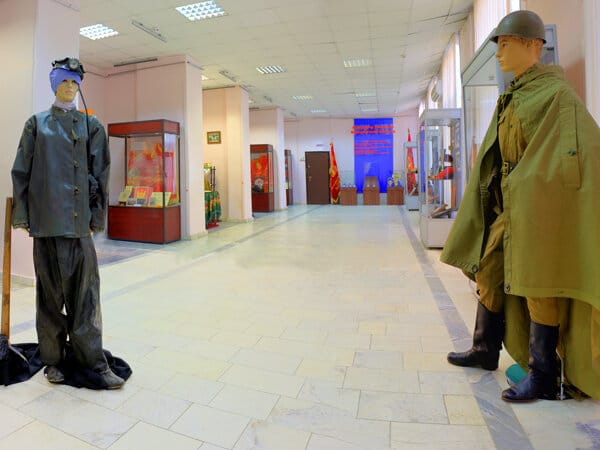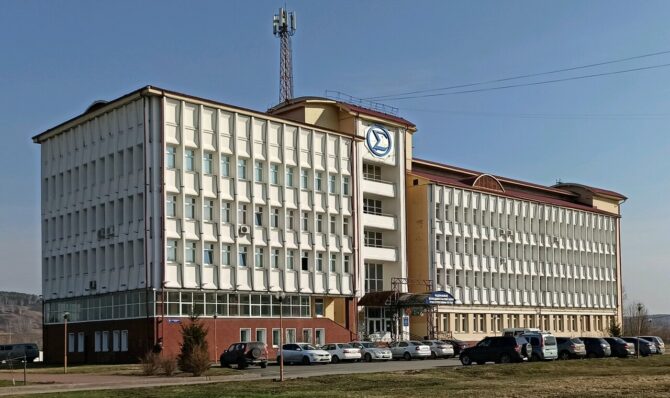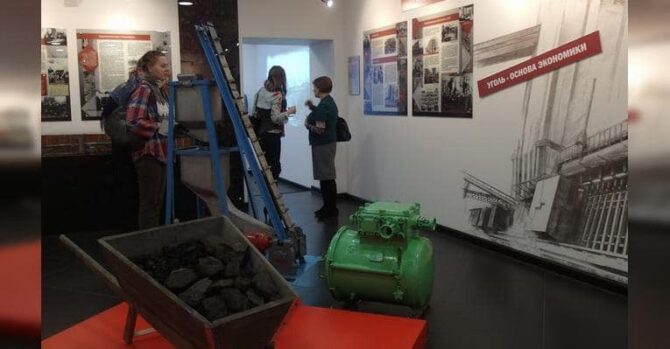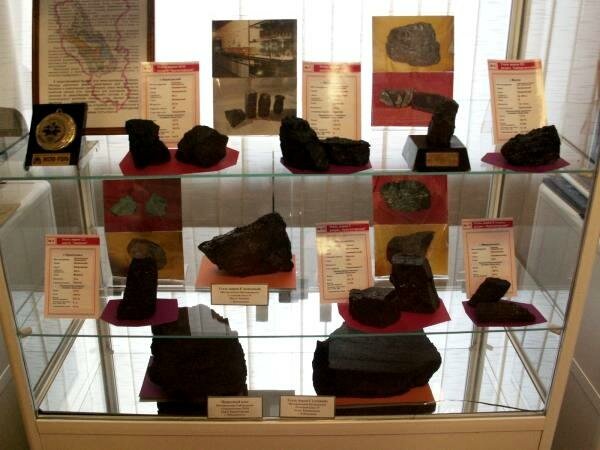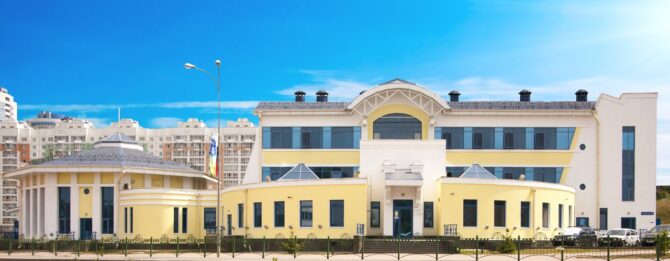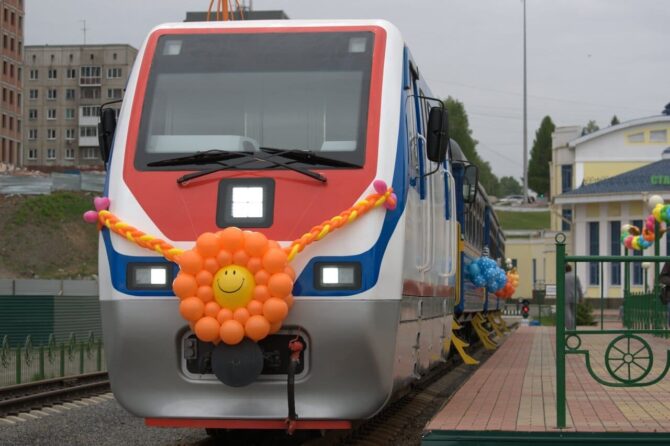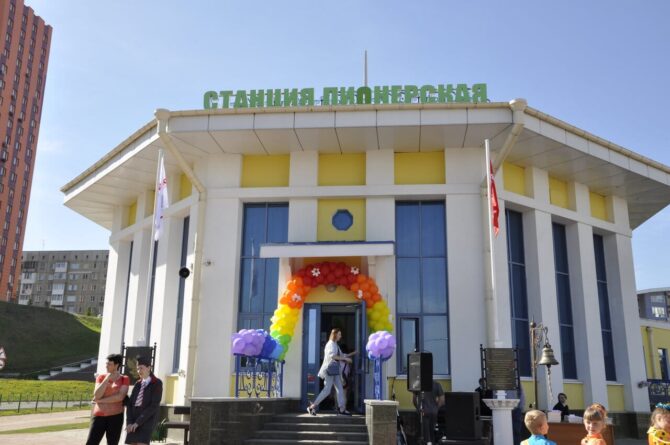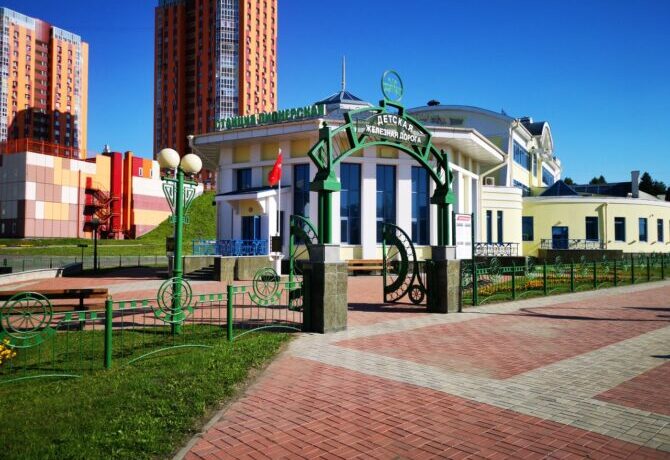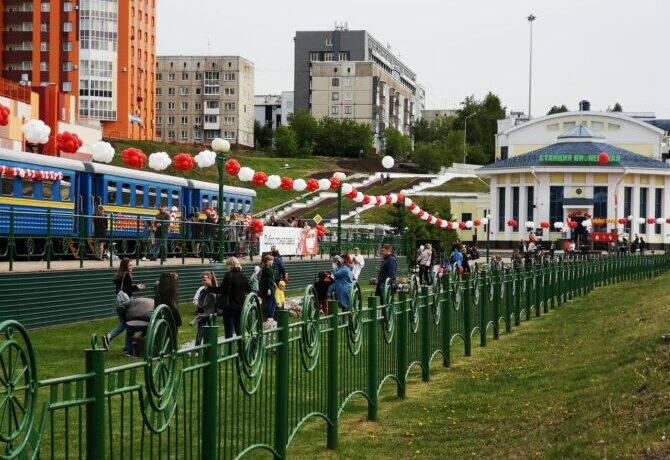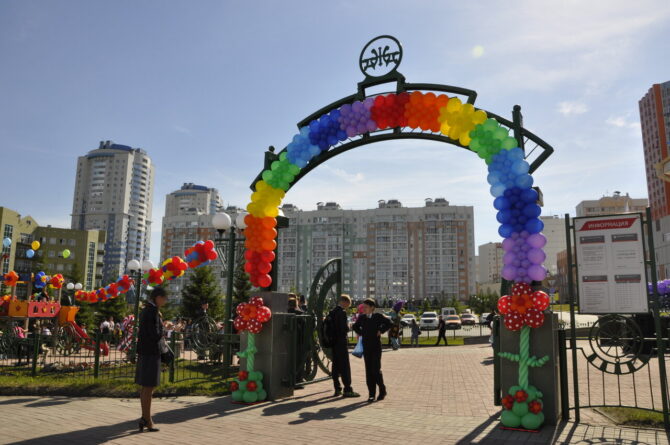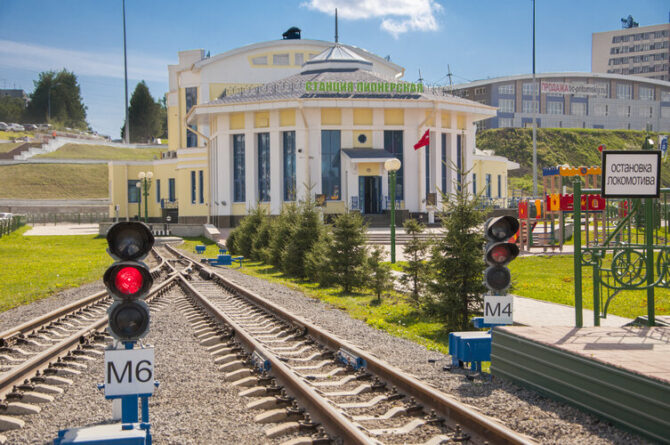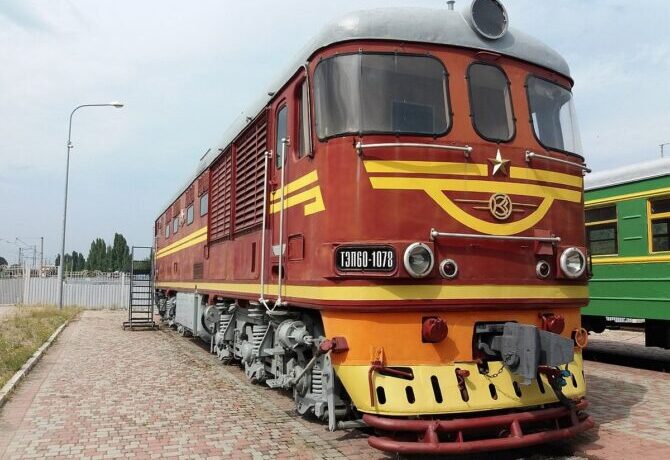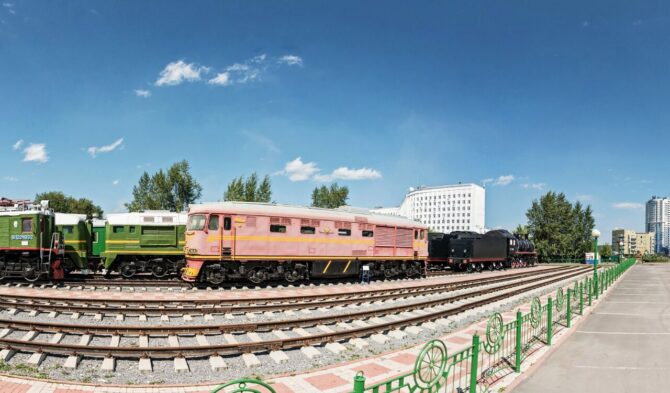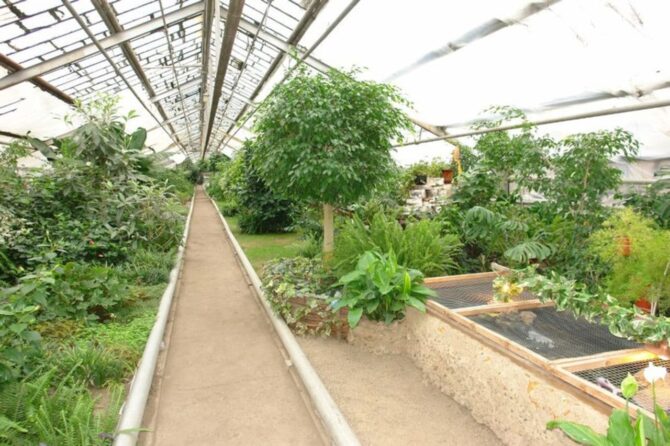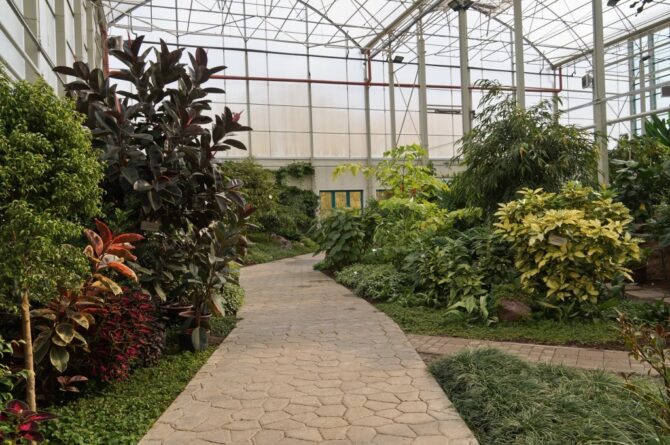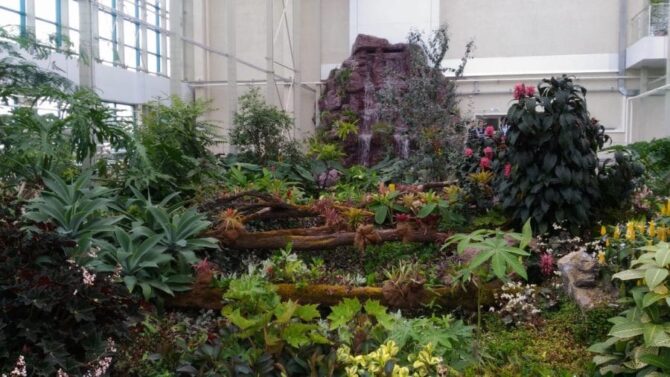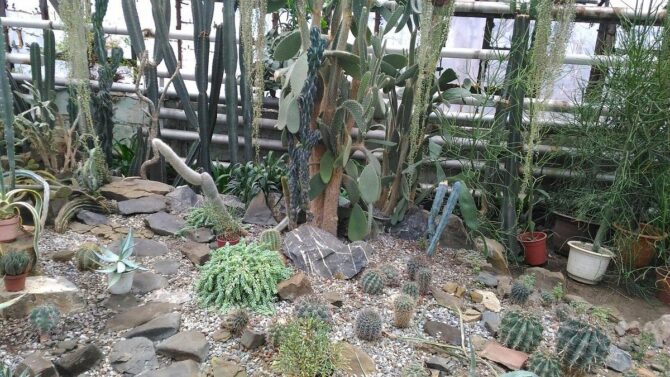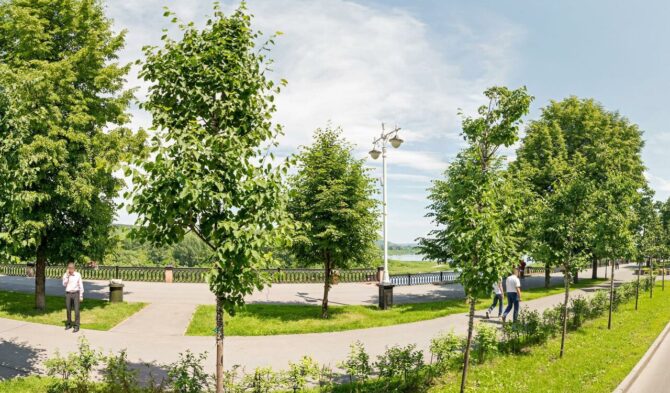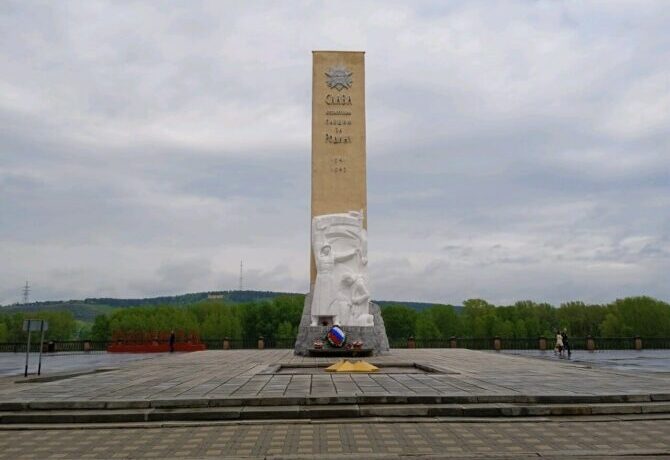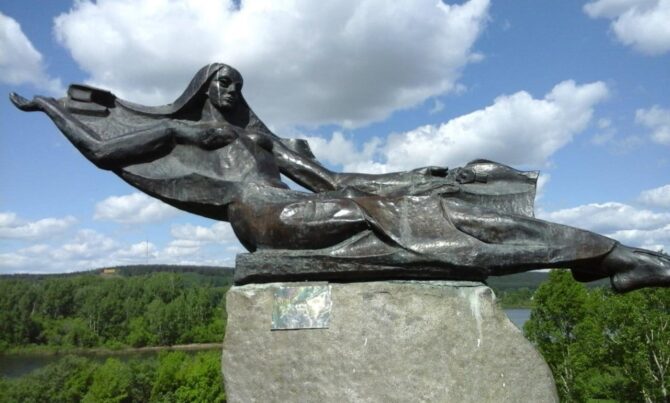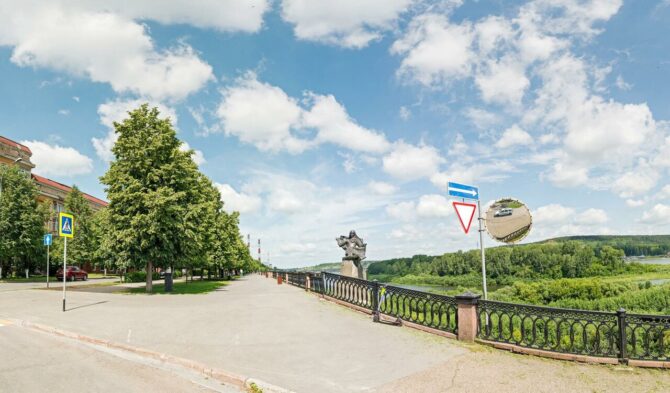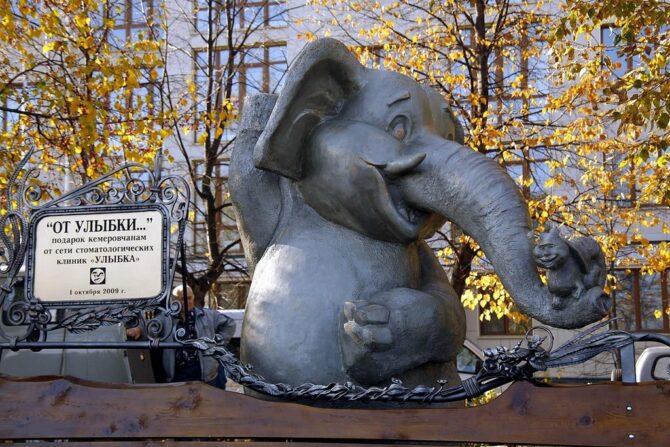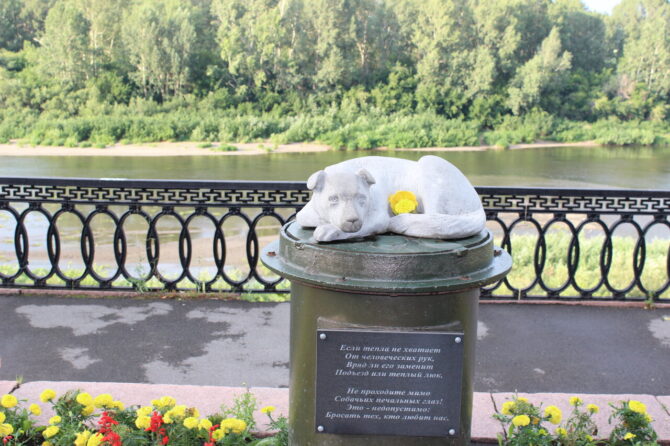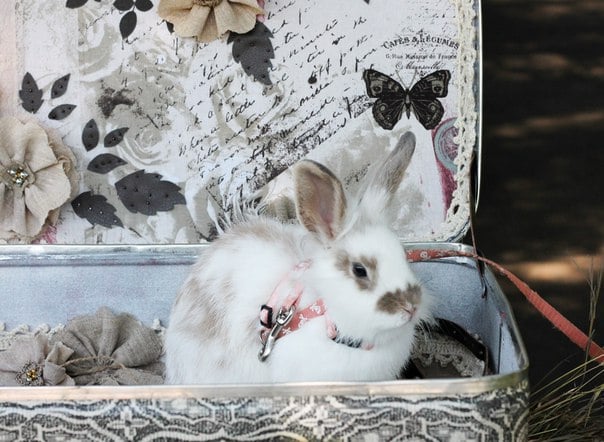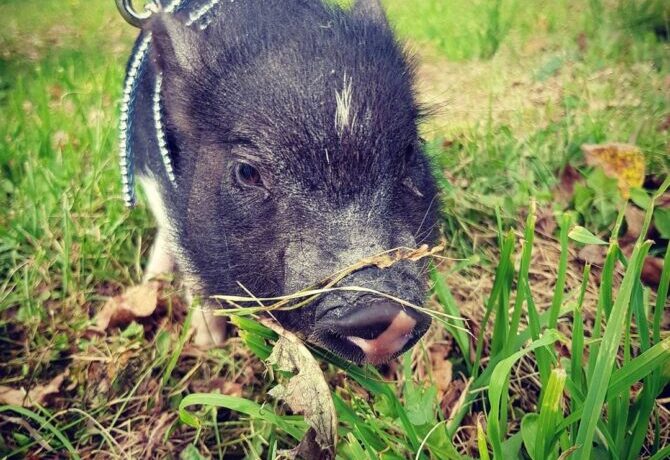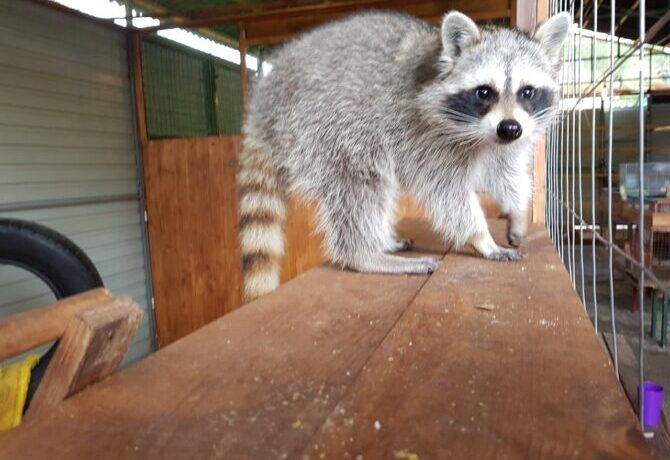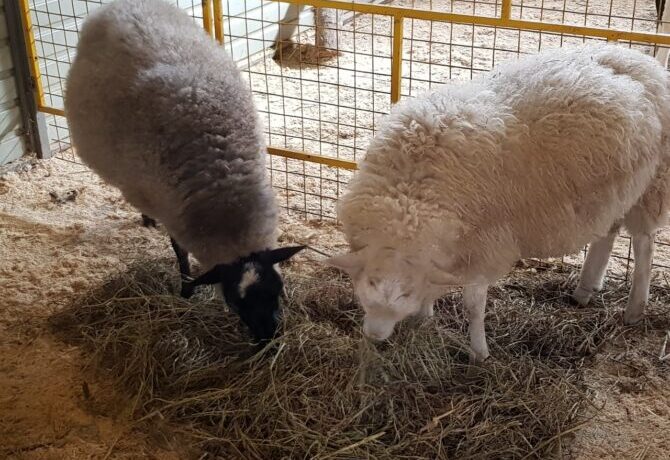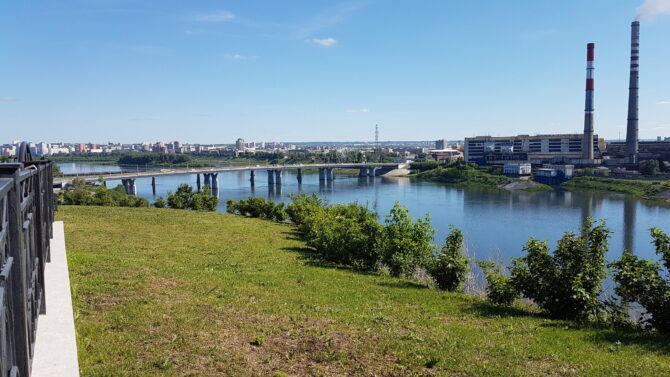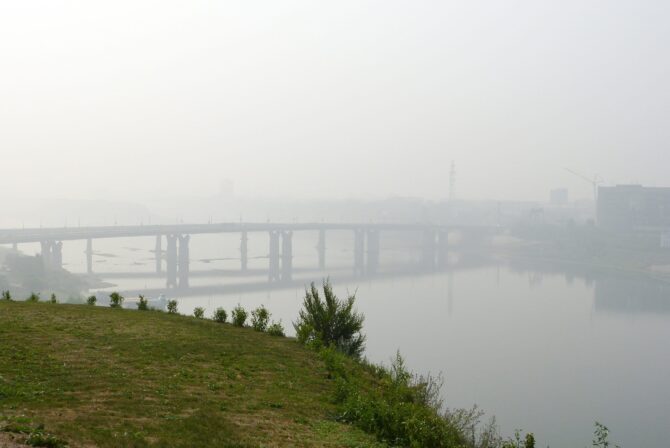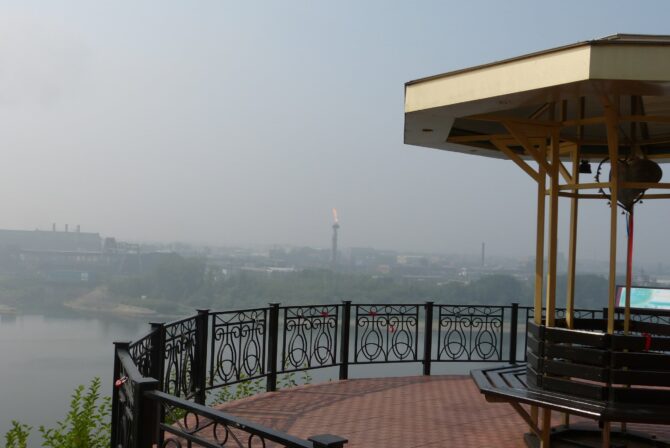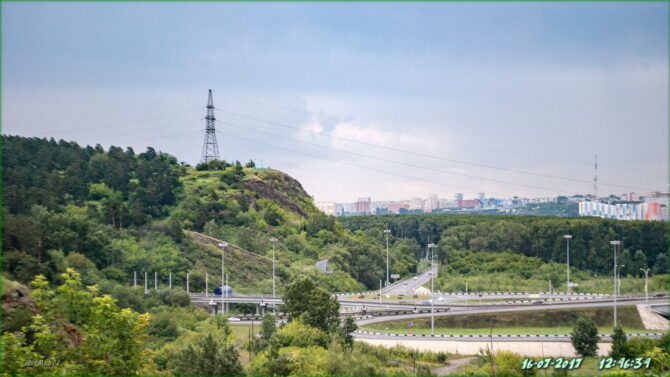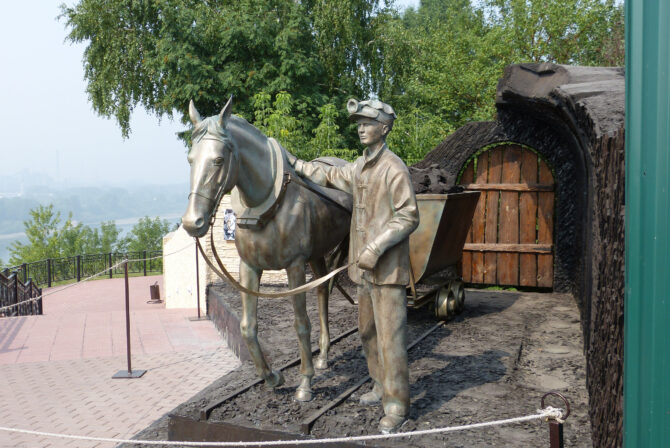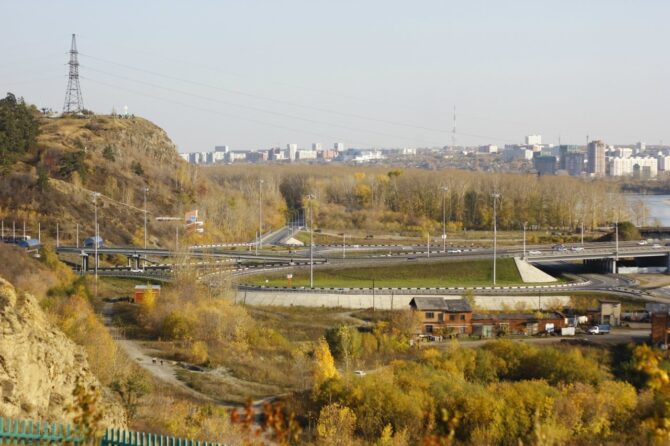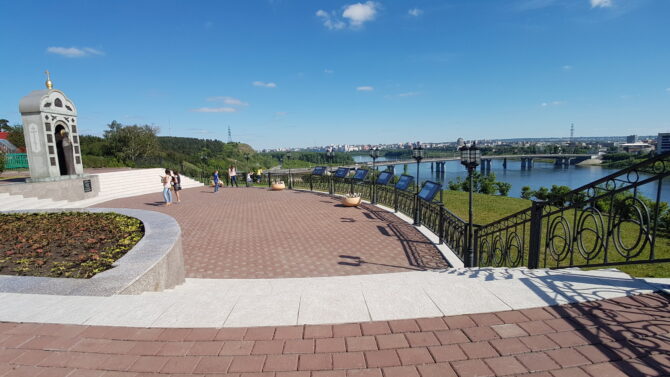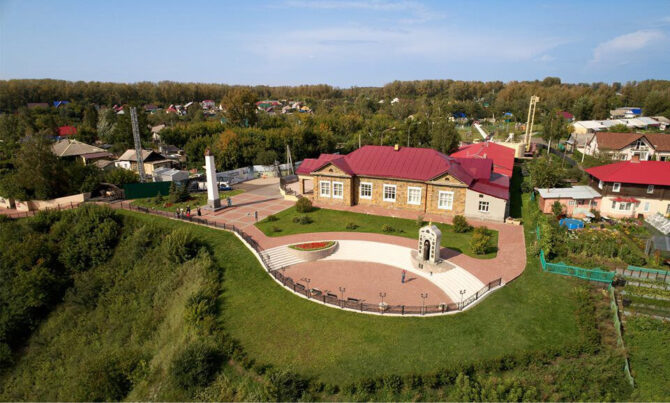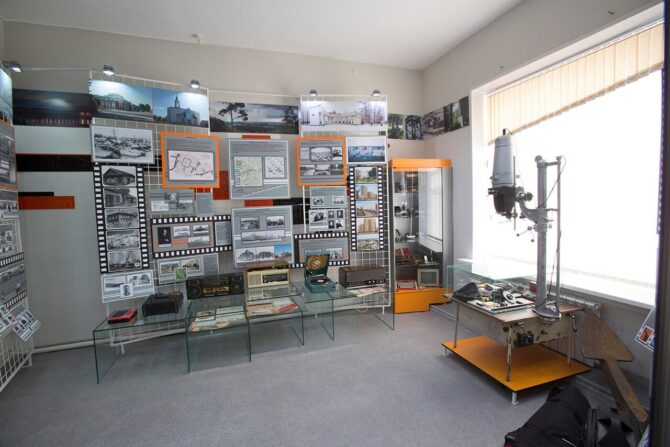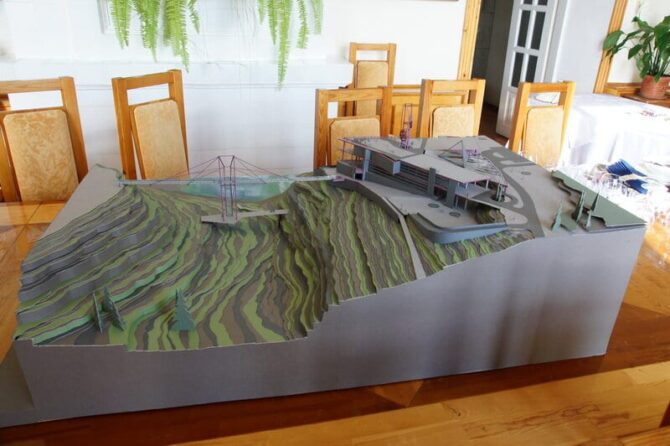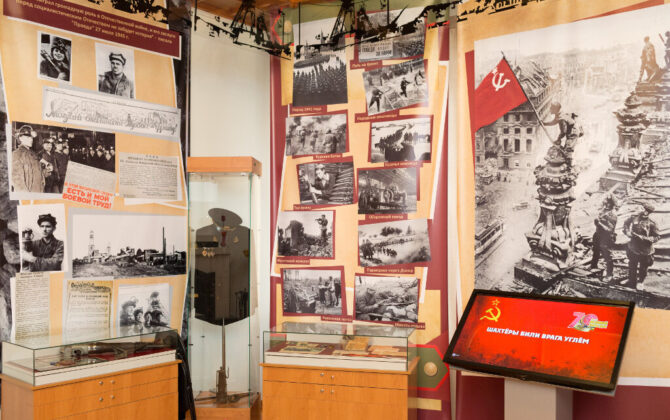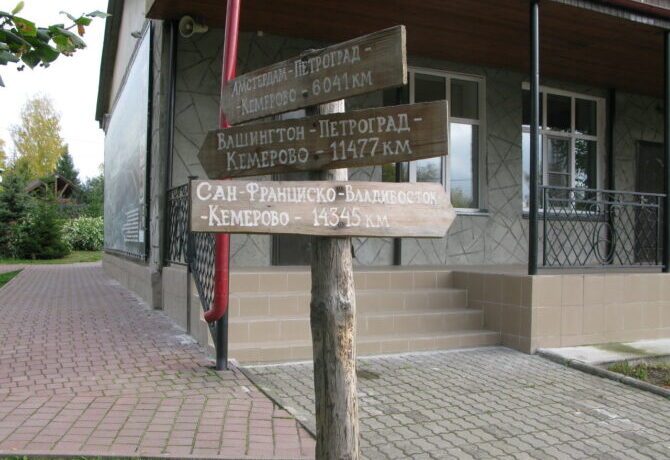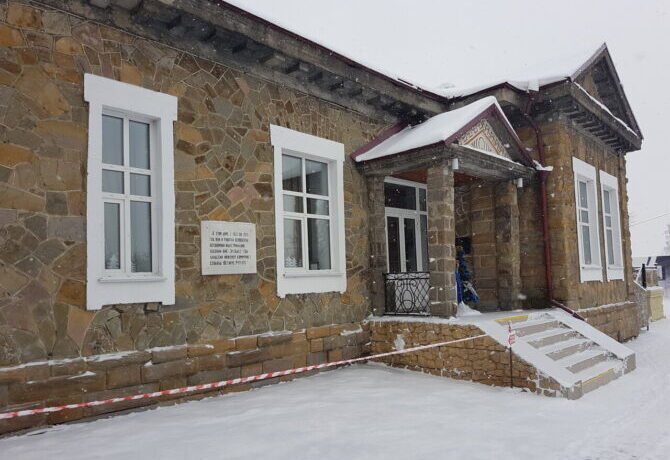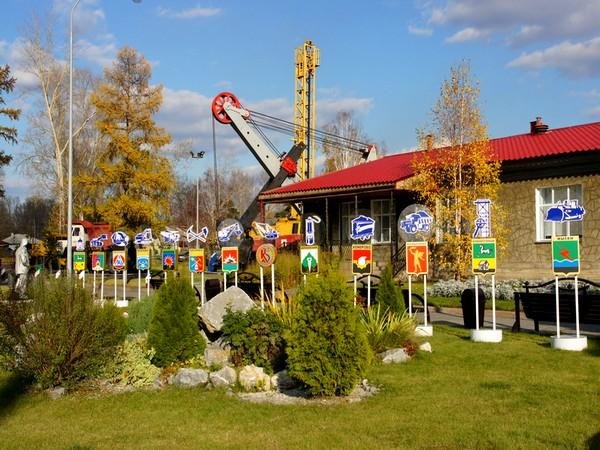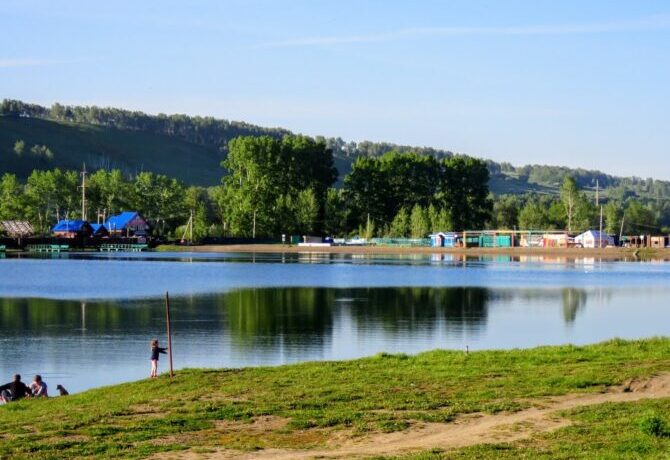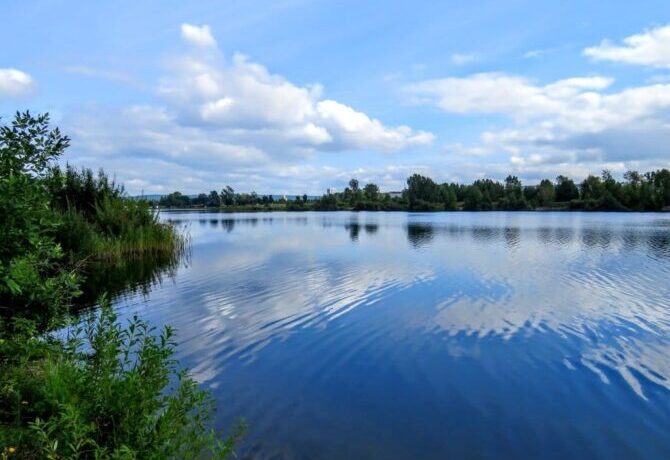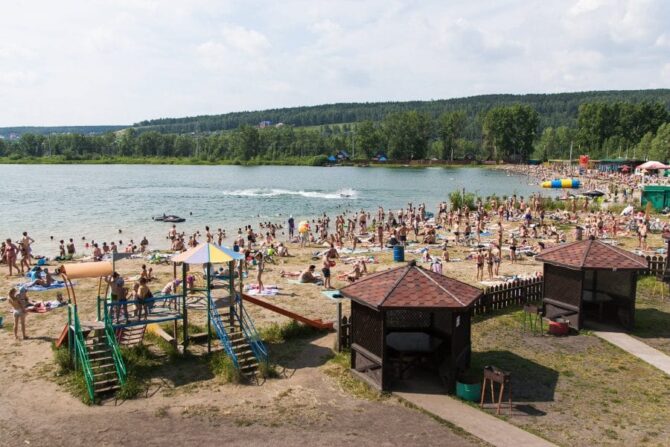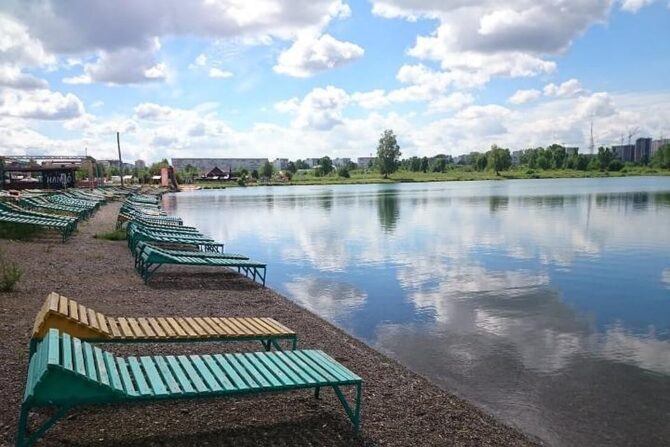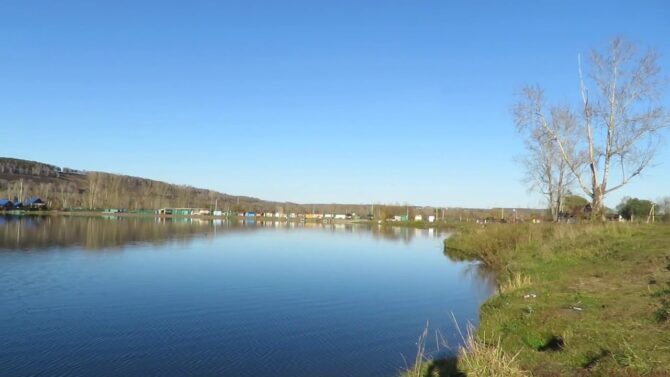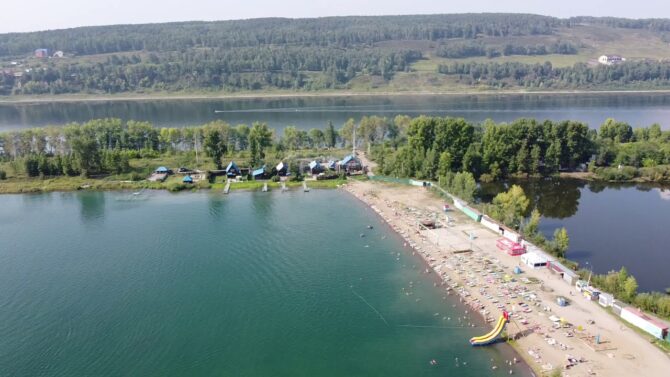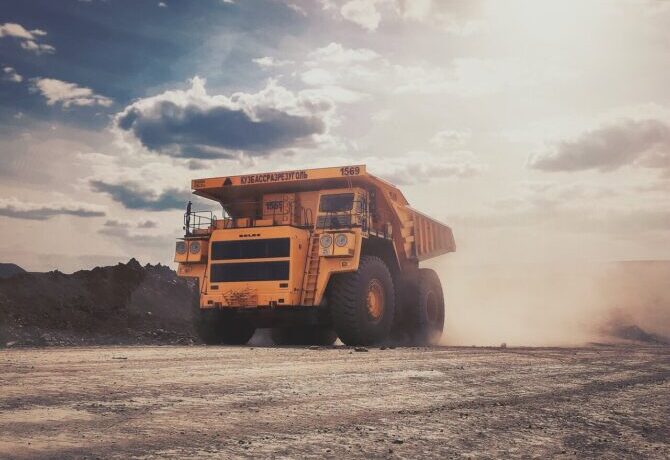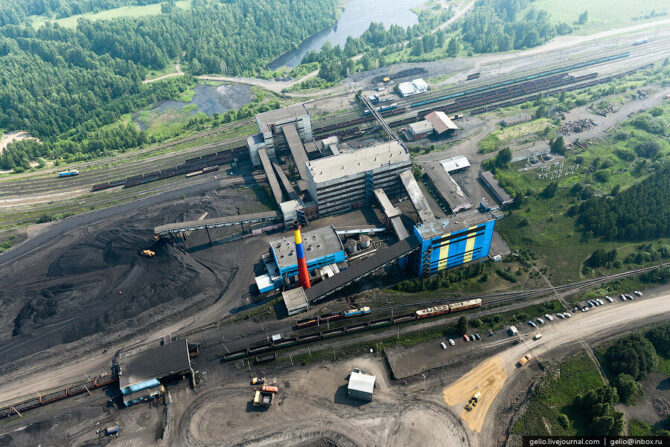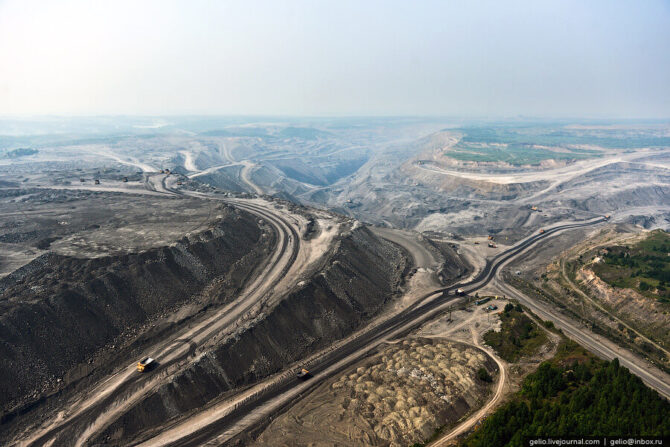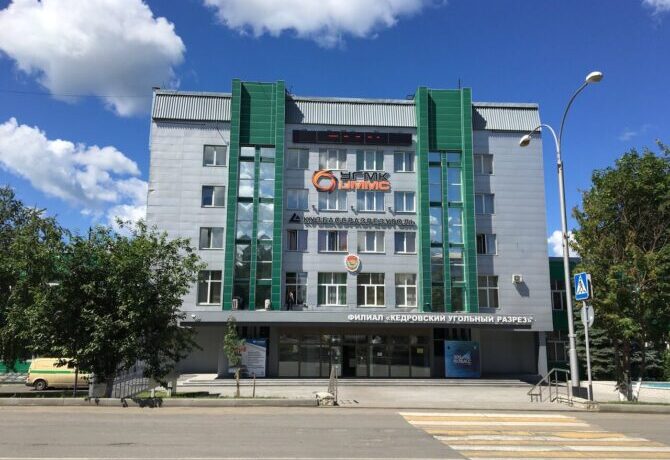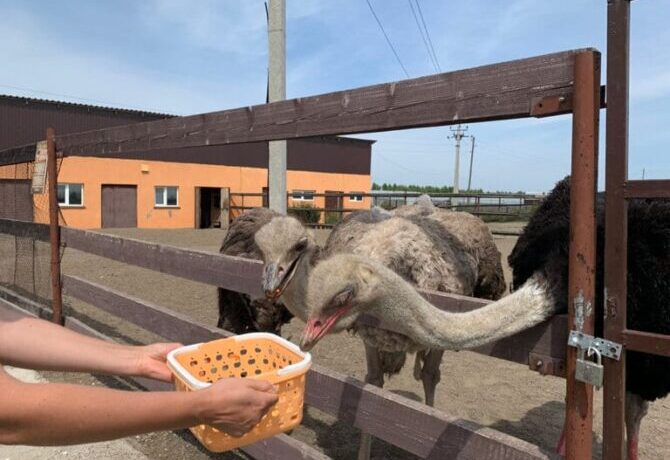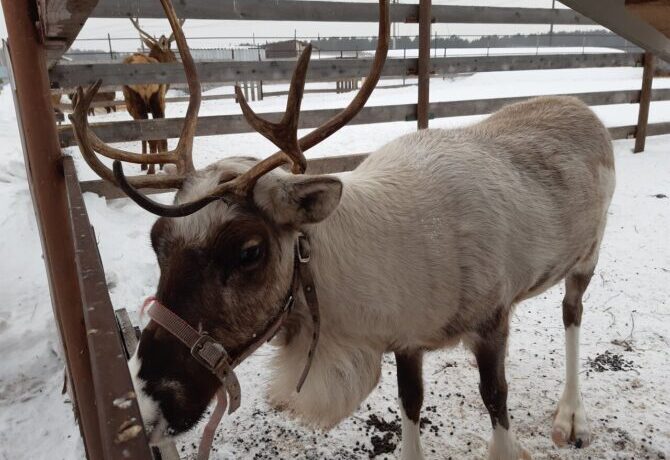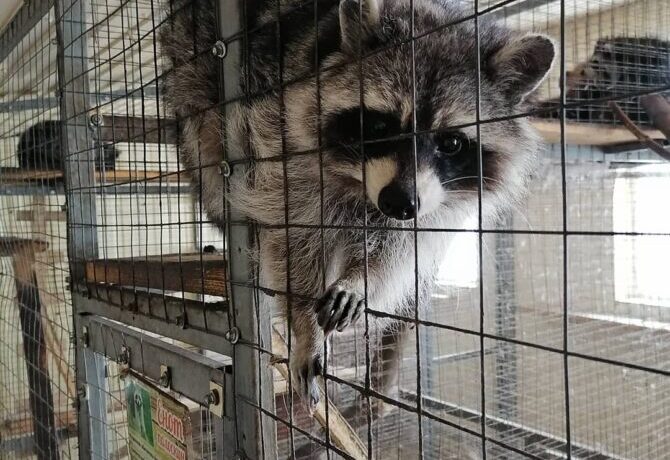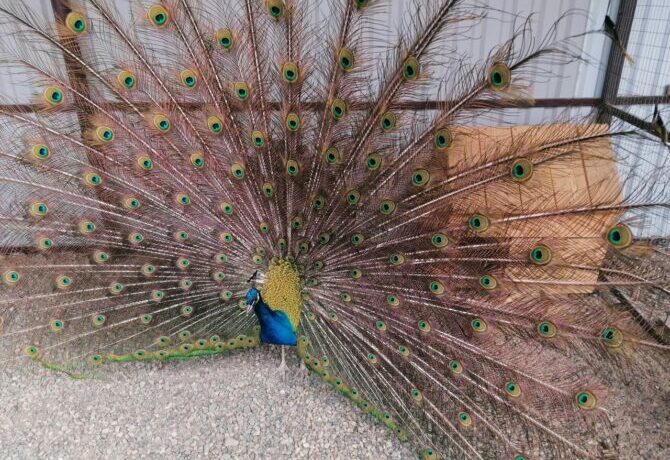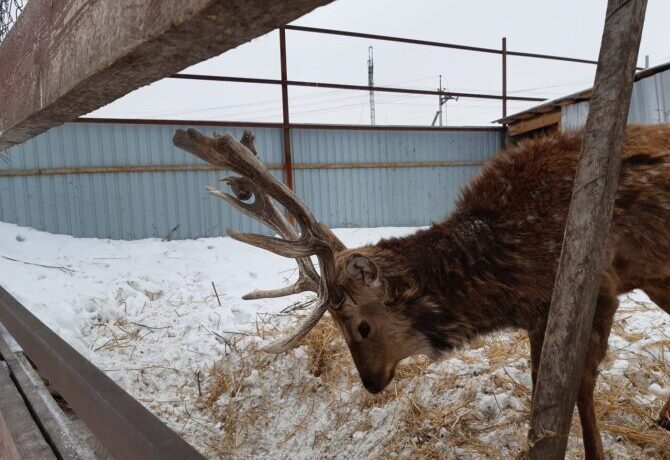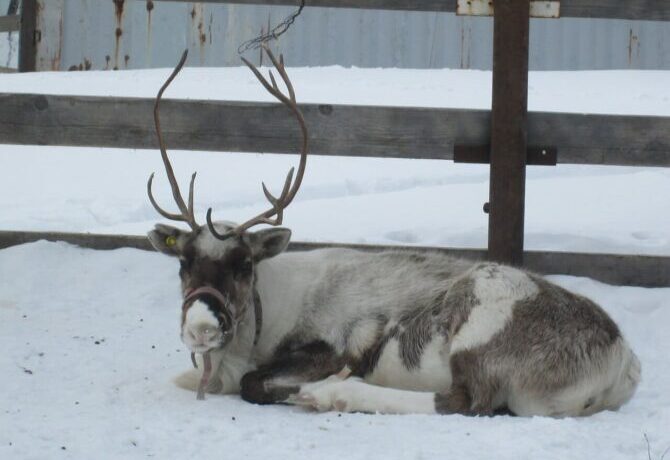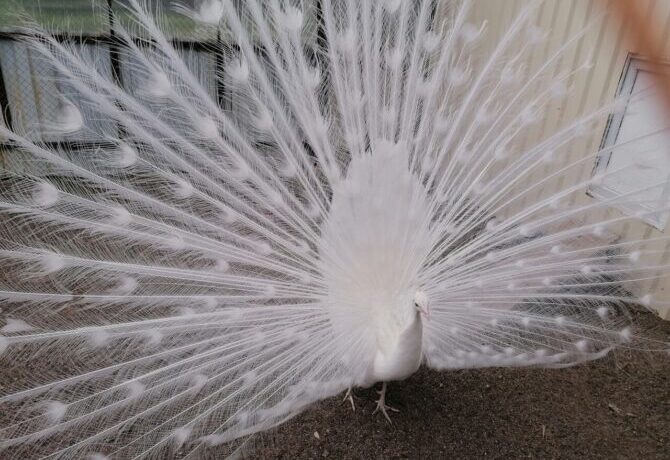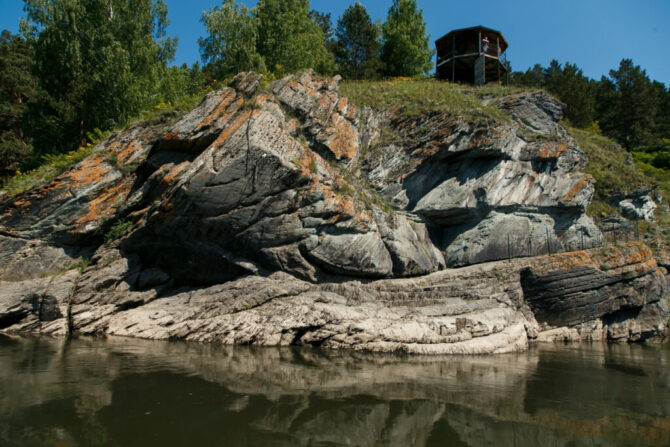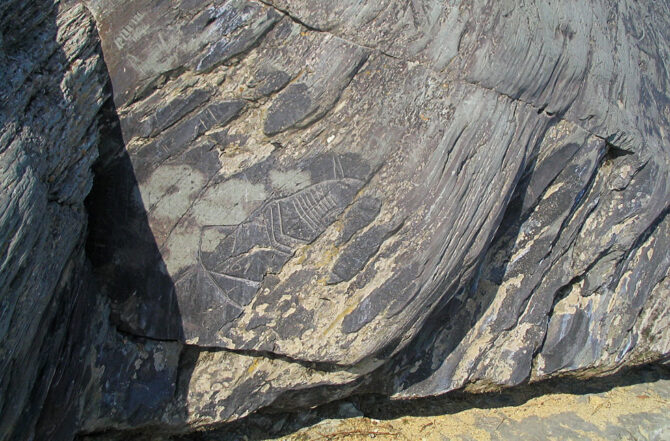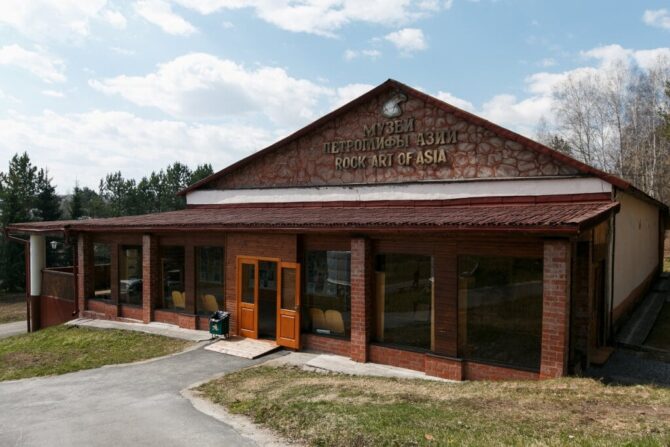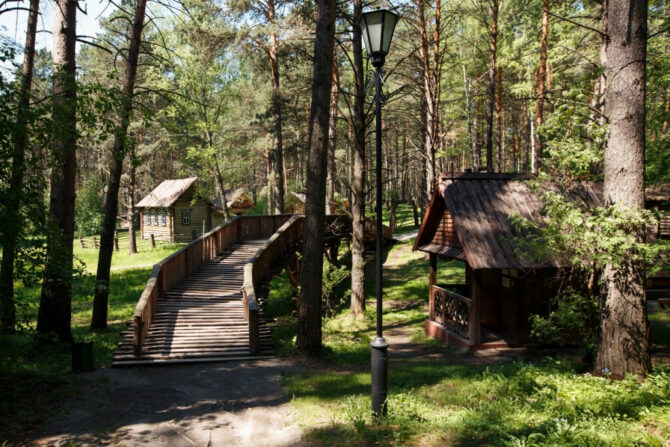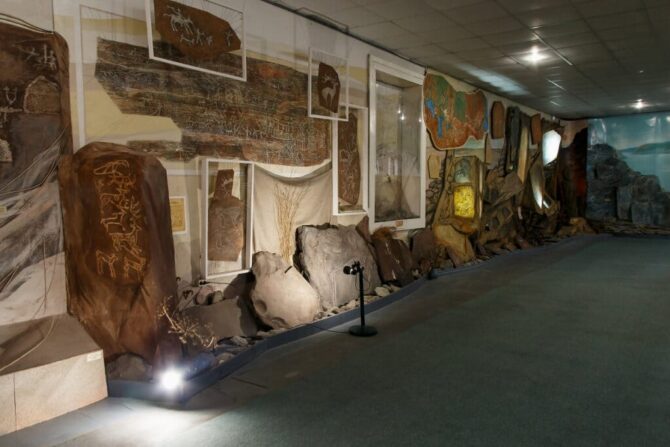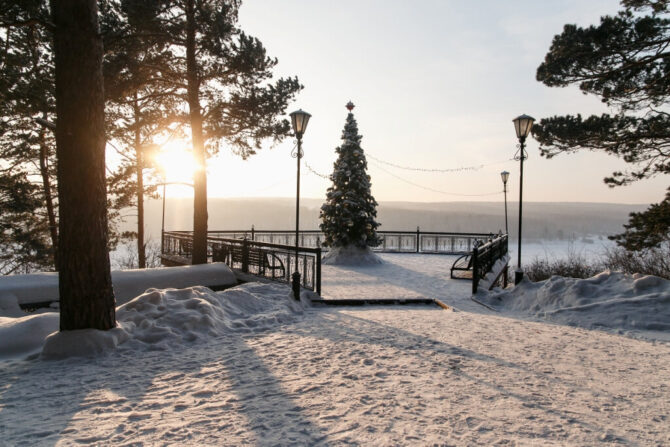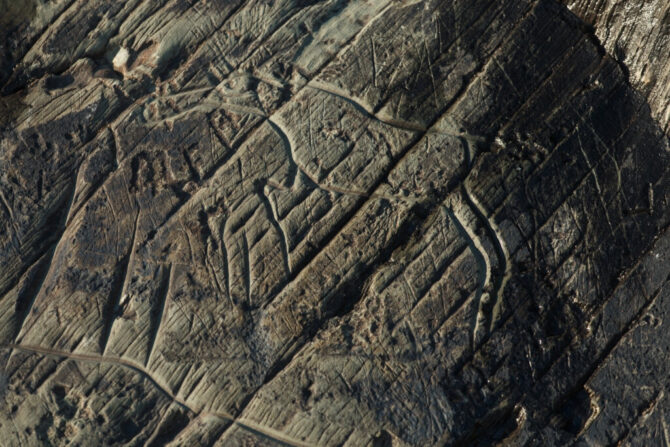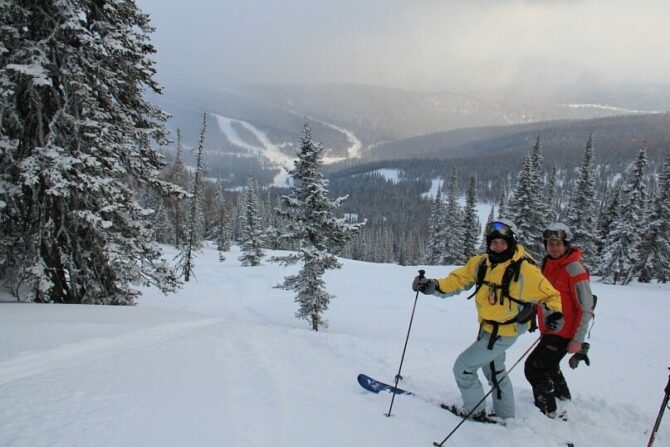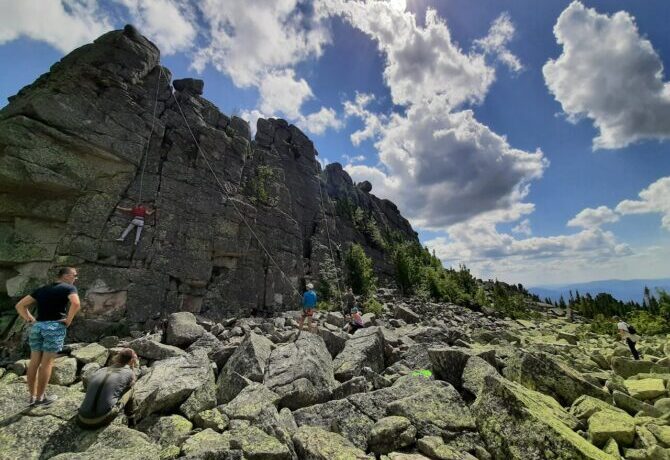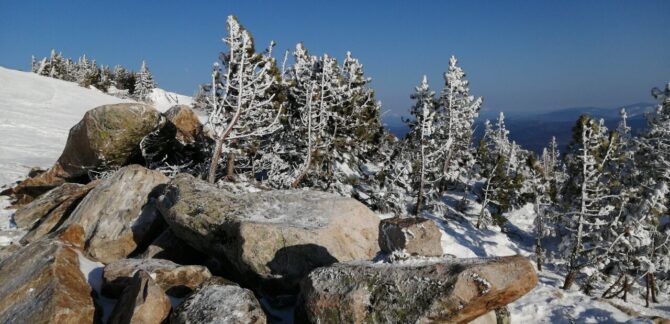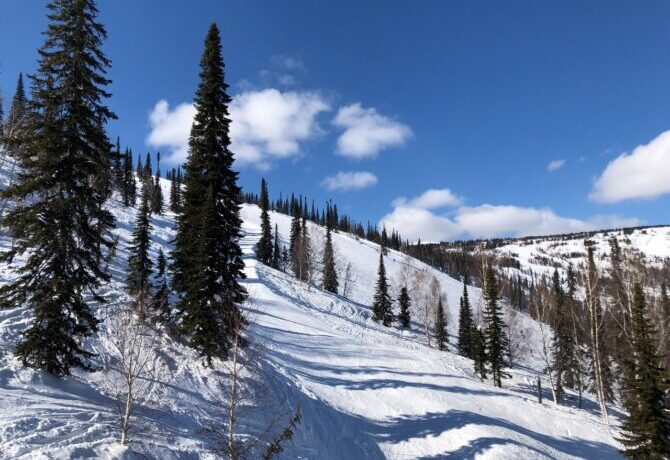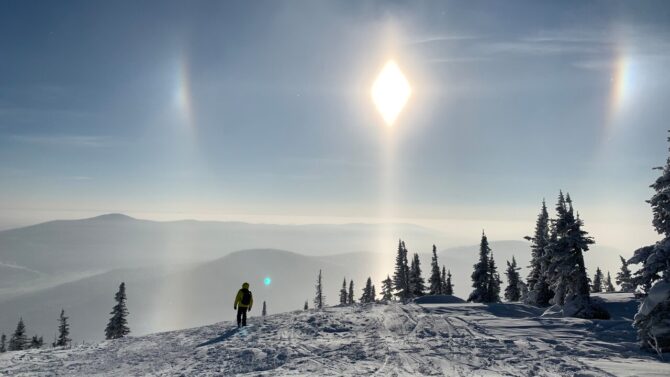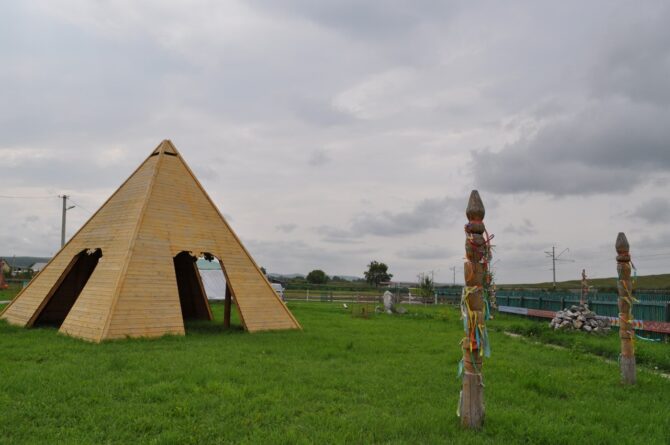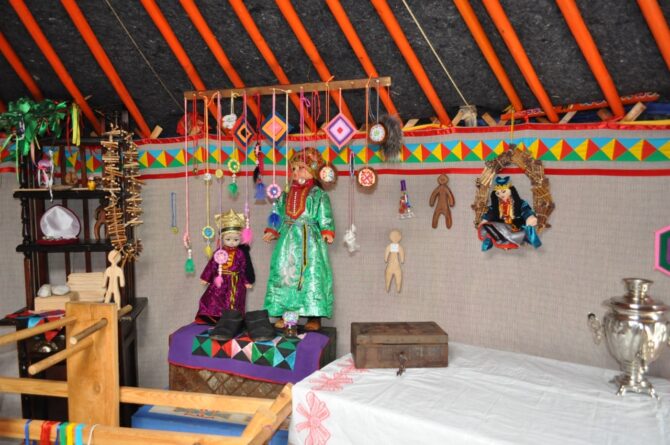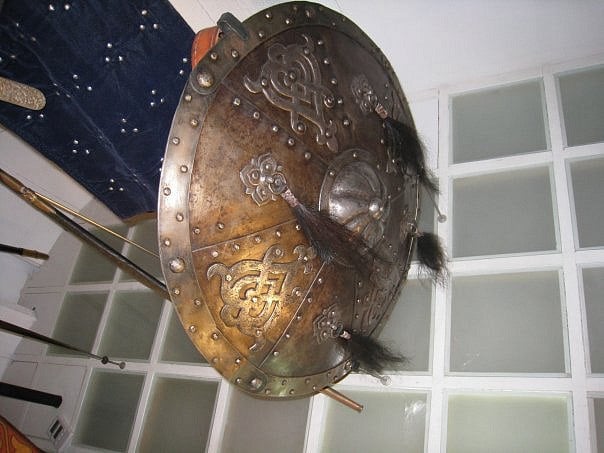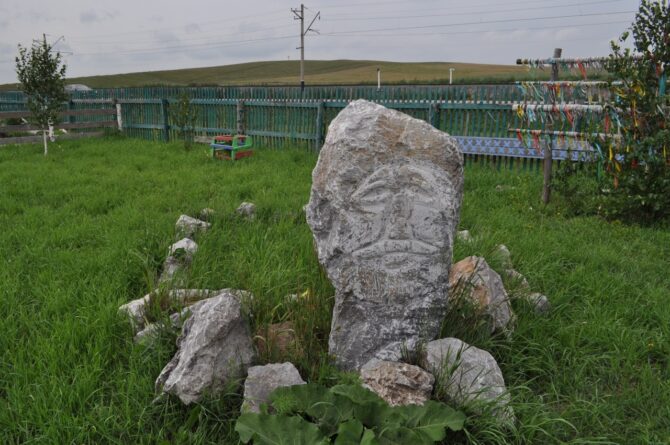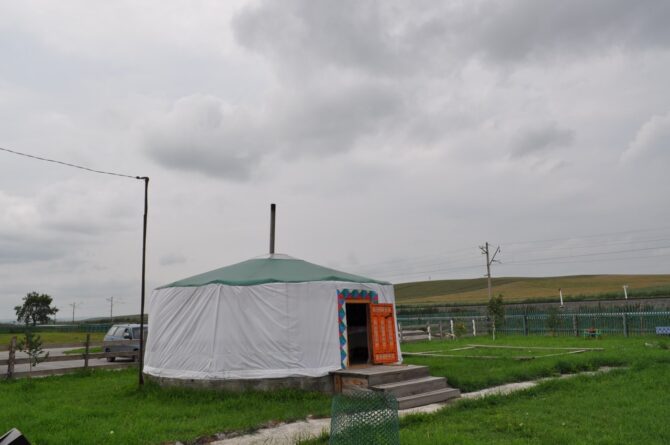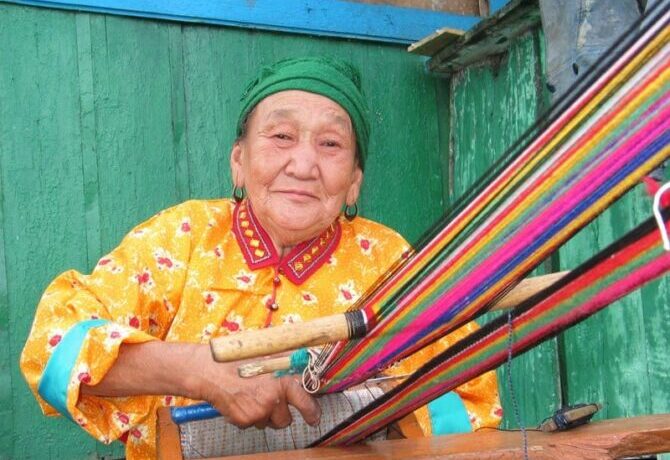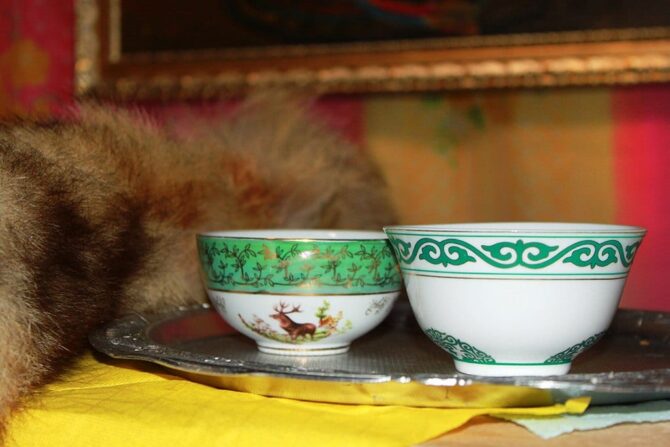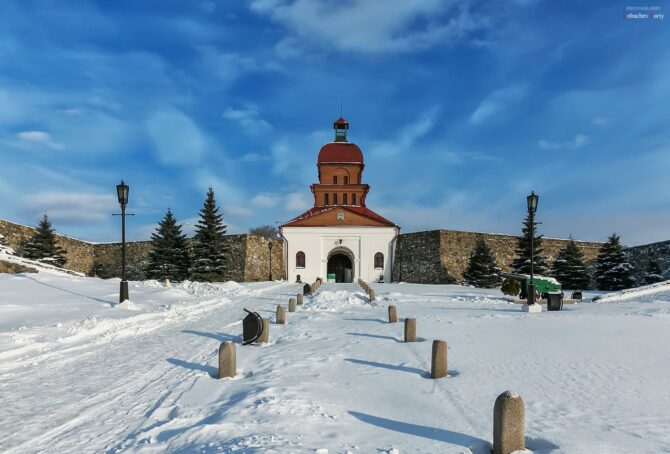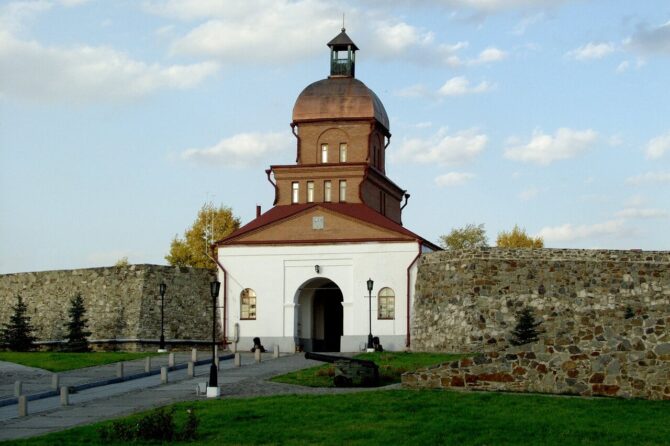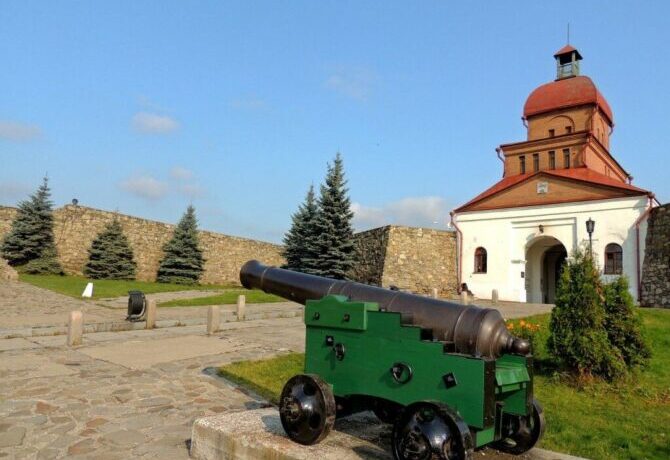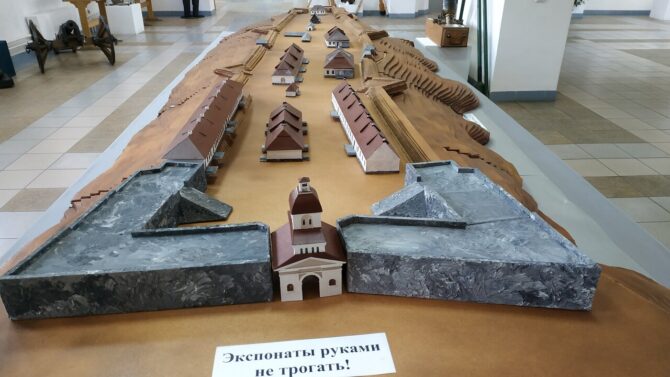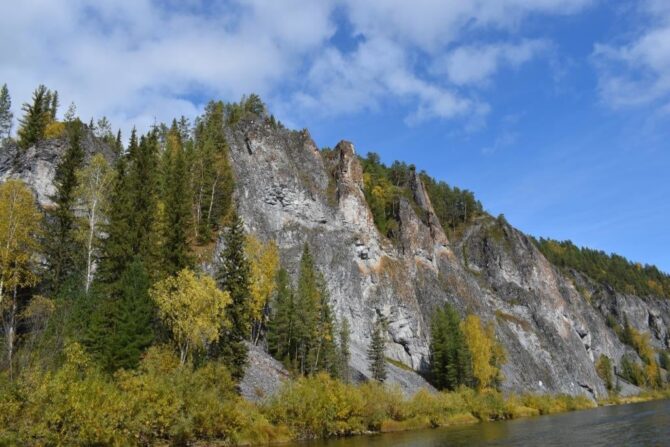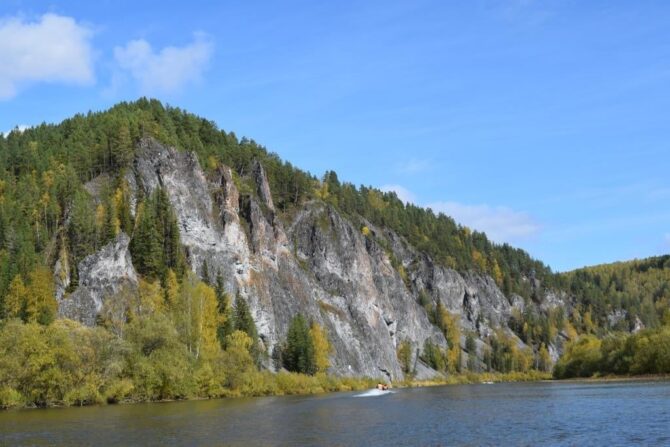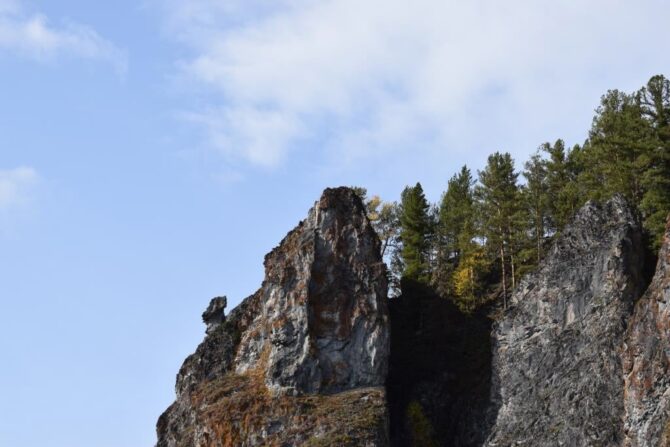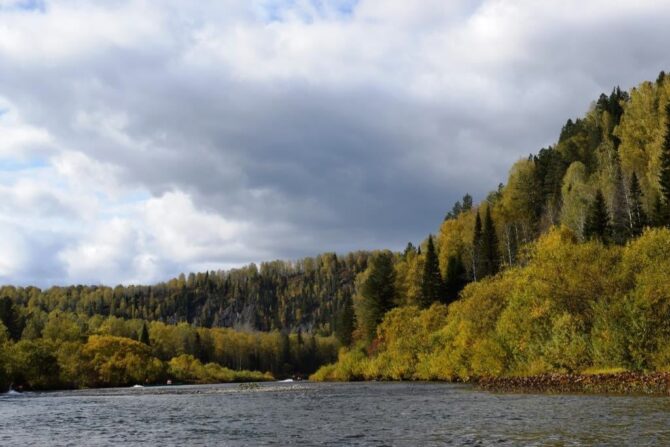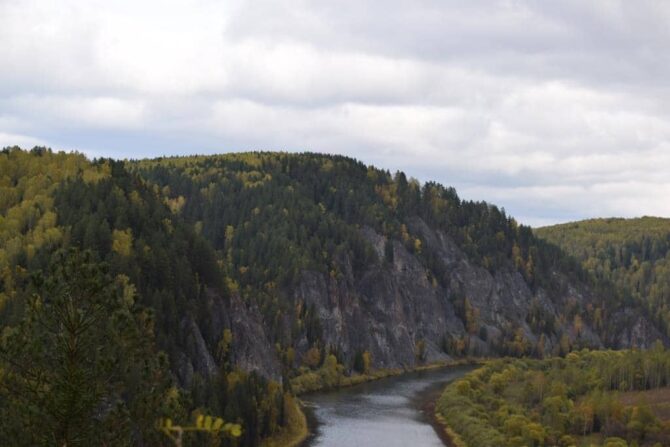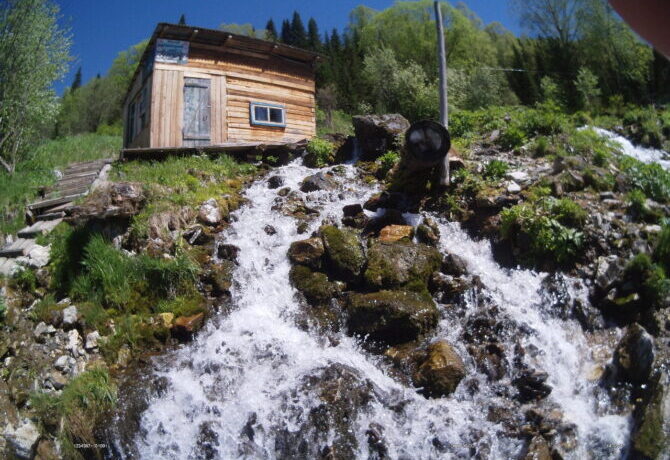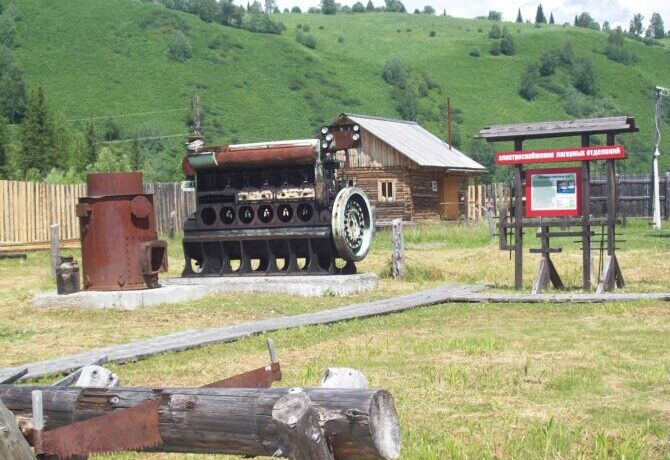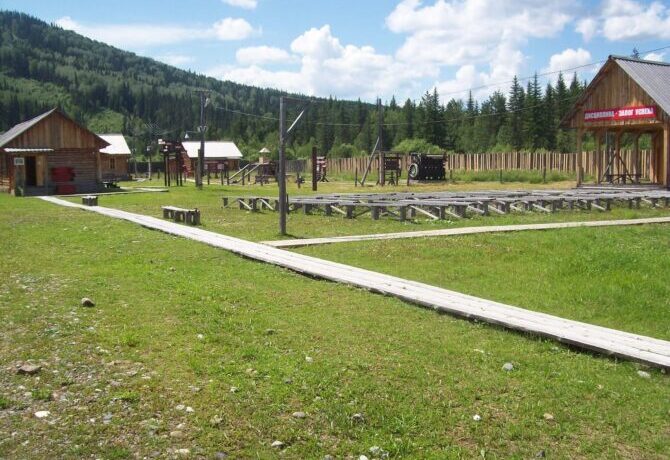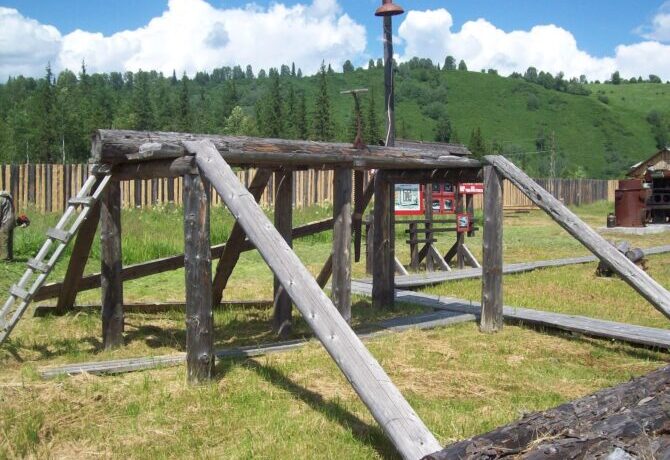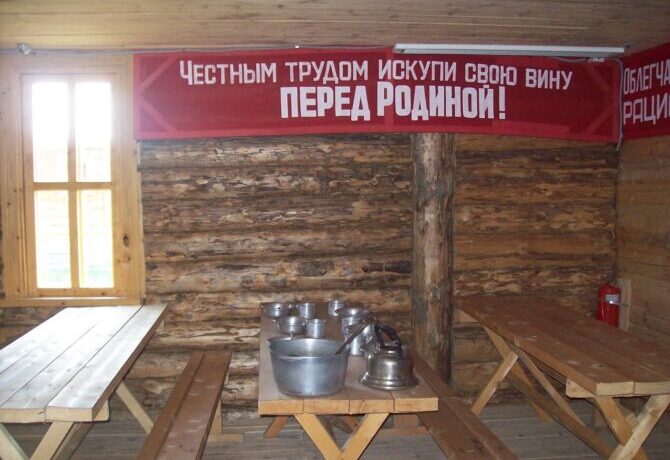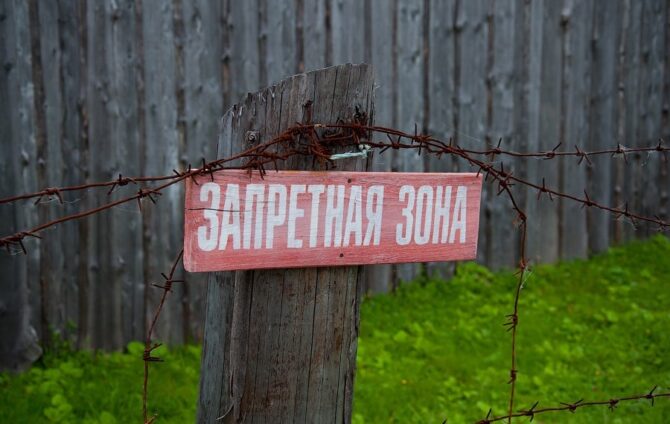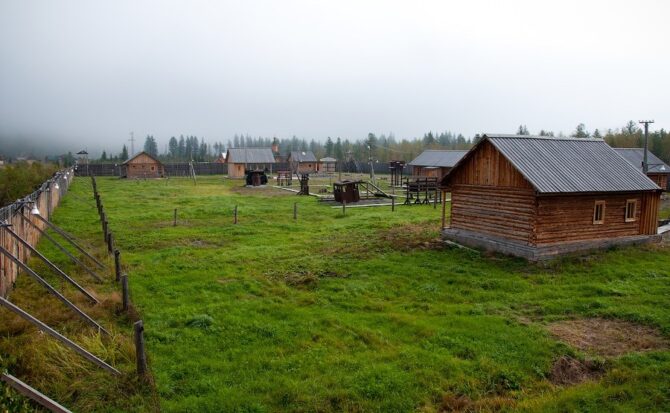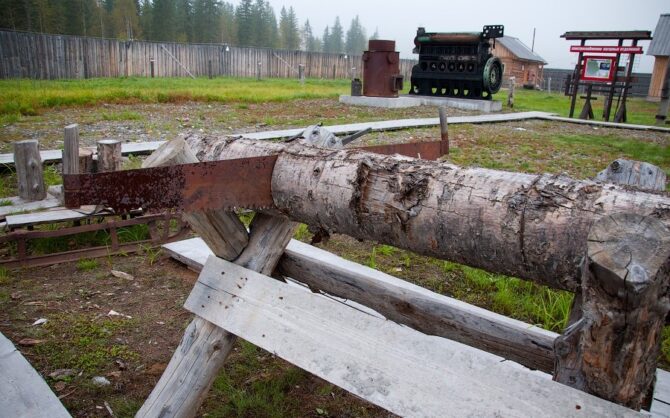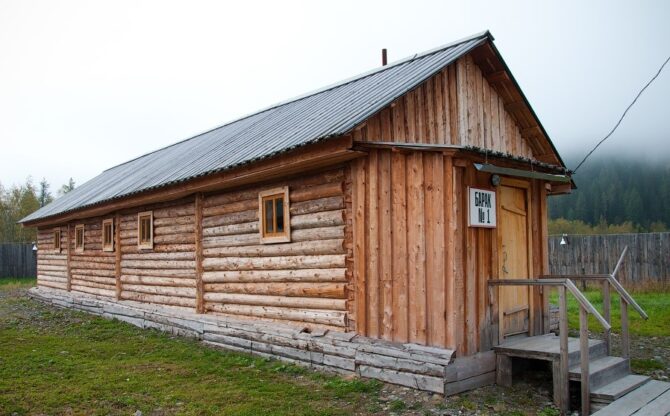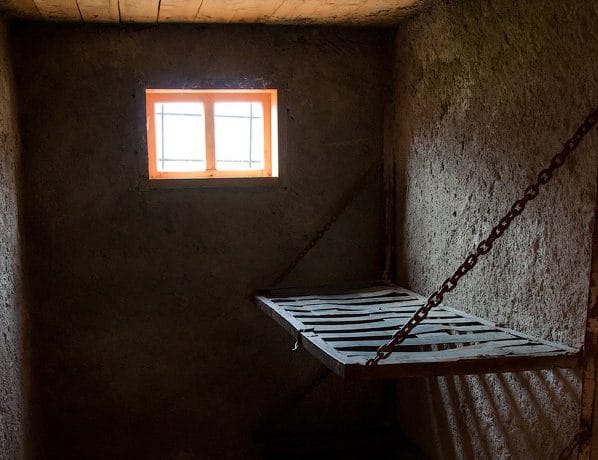The capital of Kuzbass – the smoky city of Kemerovo – can hardly be called a tourist magnet. Here people do not rest, and what a sin to hide, not especially and enjoy life: not for idle pleasures, the first settlers of Kemerovo laid a village in Western Siberia, on the banks of the Tom and Bolshaya Kamyshnya rivers. The city of labor valor, the terrible environmental situation and the eternal fight against crime, Kemerovo welcomes hard workers, shift workers, business travelers and strange passionaries who are all looking for the Russian soul, and for some reason not in fashionable restaurants in Moscow.
Kemerovo is a strange city. Here live strong and tired people who are accustomed to be content with little. As a result, it turns out, according to the Financial University under the Government of the Russian Federation, 72nd place out of 75 possible in terms of housing and communal services and well-being. According to the citizens themselves, 7-10 years ago it was much better. Now coal and rolled metal are not needed by anyone, so the once prosperous city-mine is slowly decrepit and drunk.
Nevertheless, if fate threw in Kemerovo, there is something to see: the city has many interesting museums and hiking trails. If time allows, you can explore the surroundings, because being in Western Siberia and not seeing Shanda or Sheregesh is an unfortunate omission.
This is interesting: The famous Soviet astronomer Tamara Smirnova in 1970 discovered a small, less than 30 kilometers in diameter, main-belt asteroid (between Mars and Jupiter) and named it after Kemerovo.
- 1 Attractions Kemerovo on map
- 2 Wonder Park
- 3 Museum of Fine Arts
- 4 Museum of Archaeology, Ethnography and Ecology of Siberia
- 5 Kemerovo Regional Museum of Local Lore
- 6 Coal Museum
- 7 Kemerovo Children’s Railway
- 8 Museum-polygon of railway equipment
- 9 Botanical Garden
- 10 Pritomskaya embankment
- 11 Farm “Farm Frenzy”
- 12 Red Mountain
- 13 Museum-Reserve “Krasnaya Gorka”
- 14 Lake Red
- 15 Kedrovsky coal mine
- 16 Ostrich Ranch
- 17 Museum-Reserve “Tomsk Pisanitsa”
- 18 Sheregesh Ski Resort
- 19 Shanda Village
- 20 Kuznetsk Fortress
- 21 Shor National Park
- 22 Museum-Reserve “Trekhrechye”
- 23 Gulag Museum
Attractions Kemerovo on map
Wonder Park
In every decent city there is a certain city garden (aka Gorky Park) with attractions, walking alleys, a couple of fountains, a summer theater and thickets of juniper. They built these mountains. gardens for a long time, back in the days of all-Soviet care for the leisure of workers (specifically in Kemerovo park was opened in 1926). And in this sense, Kemerovo is no different from Kharkov, Chernigov, Shymkent or Gomel.
Since then, nothing radically new has been invented. And no, they came up with it: in 2002, the City Garden, familiar to the ear of an ordinary Kemerovo resident, became the Park of Miracles. And on the old (but freshly painted) white entrance arch there were new letters, and next to it – painted lobo-shakers from the cartoon “Two from the casket”. As outdated and meaningless as the rest of the Park of Wonders stuffing in times of ramming digitalization.
In the Park of Miracles there are:
- 30 attractions;
- sports grounds;
- slot machines;
- shooting gallery.
Children’s groups perform on the summer stage, sometimes a guest ensemble plays. The park is open for walks from 07:00 to 22:00. Attractions work on the weather (in summer from 10.00 to 19.30).
Address: Kirov, 4
Site: parkchudes.info
Museum of Fine Arts
200 meters from the Park of Miracles is one of the most authoritative Kemerovo museums – the former art gallery, the current Museum of Fine Art. This unusual art museum is located in a 3-storey building, built in the pre-war years in the then popular style of triumph-eclectic (Stalin’s Empire).
The Museum of Fine Art, as a very young (opened in 1969), is allowed to depart from the canons. It is sure to surprise connoisseurs – first of all, the absence of erring “classics” and traditional reproductions for the province. The museum’s collection has more than 6 thousand exhibits and represents Russian visual art from the end of the XIX to the present day. Conventionally, the collection is divided into directly fine art (including modern icons), as well as folk crafts (decorative and applied direction).
The museum is open daily, except Monday, from 10.00 to 19.00 (Sunday from 11.00).
Site: kuzbassizo.ru
Address: Kemerovo, pr-t. Sovetsky d. 48
Museum of Archaeology, Ethnography and Ecology of Siberia
The young city is young museums: the Kemerovo Historical Museum was founded by employees of the specialized departments – archeology and zoology at KSU. What began simply as cathedral expositions – to show yourself and please students, in 1980 turned into a serious museum with more than 300 thousand exhibits. He has his own library, archive, laboratories, workshops (including the current place of taxidermist), training center.
The exposition of the museum is divided into two parts:
- Archaeology and ethnography, which describes the development of the region from the stone age to the Middle Ages. The pride of the exhibitions is the exact copies of Altai and Tuvan petroglyphs.
- Nature and ecology, which tells about the unique living resources of the region.
The museum conducts professional excursions. Due to the low popularity of scientific exhibitions among the population, the schedule of the museum should be clarified in advance.
Site: museum.kemsu.ru/main.html
Address: Kemerovo, pr-t. Sovetsky d. 77
Kemerovo Regional Museum of Local Lore
Within walking distance from the historical is the largest and most caressed by the authorities museum – local lore. If there is little time or no effort, then its one will be enough to make a complete picture of the city and the region.
The Kuzbass State Museum of Local Lore was founded in 1929 in Shcheglovsk and is now located in the heart of Kemerovo, in a complex of three buildings. The funds gathered generations of researchers and volunteers who were not indifferent to the history of their native land. A significant part of the exposition is gifts (from individuals, public funds, other museums; gifts to A. G. Tuleev are also stored here)
Departments of the museum:
- military history;
- history of the native land;
- nature;
- Research.
The highlight of the collection is paleontological finds, there are more than a thousand of them and this is a lot even by the standards of the capital’s museums. Employees are justifiably proud of the work that is carried out according to the classification and description of fossils. For example, thanks to the Kemerovo Museum, the world knows about Siberian psittacosaurs – unique dinosaurs that were found in 130 million. years ago on the territory of Kuzbass.
The museum is open daily from Tuesday to Sunday from 10:00 to 19:00. Monday is a day off.
Site: http://www.kuzbasskray.ru/
Address: Kemerovo, pr-t. Sovetsky d. 51
Coal Museum
There should be a Coal Museum in the coal capital – this is obvious. Another strange thing is that the first and so far the only thematic museum in Russia (the second name: the Laboratory of the History of the Coal Industry) was opened in Kemerovo on the basis of a branch of the Russian Academy of Sciences already in 1999. Before that, apparently, coal was taken for granted.
Now the collection of the Laboratory includes nine lines, which together give a complete picture of the geology of Kuzbass, the understanding of coal formation and the diversity of coals. The exposition of the museum is highly specialized in nature and will be more interesting to geologists or chemists than to ordinary tourists.
Site: http://www.coal.sbras.ru/icc/coal-museum/
Address: Kemerovo, pr-t. Leningradsky d. 10
Kemerovo Children’s Railway
In Kemerovo, they love rails – maybe it is not for nothing that the city has not yet abandoned trams? But in general, it is difficult to overestimate the importance of railway transport for heavy industry and coal mining. A unique project – the Kemerovo Children’s Railway – is aimed precisely at explaining this importance to the younger generation, impressing and attracting work on the already adult railway.
In the training center, secondary school students can listen to lectures on the topics:
- automation, telemechanics, acs;
- wagon, locomotive, track facilities;
- organization of train traffic.
Kemerovo Railway was invented and launched not so long ago – in 2008. It was a project of the local authorities and Russian Railways, which became a tourist center for residents of the region.
Facts about CJD:
- 3.8 km long route from Pionerskaya station to Krasnoye Lake;
- two railway stations;
- two trains of three cars;
- each car with 38 seats.
The technical equipment of the tracks will give odds to the “real” Russian Railways. Tickets can be bought at the ticket office of the station. The schedule depends on the time of year.
In the summer of [y], Kemerovo Railway opened its 14th season. According to official statistics, for all the time it carried 20 thousand passengers.
Site: https://dzd42.ru/
Address: Pritomsky Prospekt
Museum-polygon of railway equipment
At the training center of the KJD there is a small open-air museum of rare railway equipment (geographically – near the Pionerskaya station, where the management of the Kuzbass branch of the West Siberian Railway is located).
Exhibits – equipment of the XX century: diesel locomotives, steam locomotives, cars for different purposes, drezin, tanks. On the territory you can take photos and videos.
In [y], the Museum temporarily did not work due to the reconstruction of the embankment.
Address: Kemerovo, pr-t. Pritomsky d. 2
Botanical Garden
Kuzbass Botanical Garden is young and proud. It was organized in 1991 on the basis of the Institute of Coal, and in 2004 the Institute of Human Ecology grew on its basis. Now the botanical garden has an established scientific team and there are three laboratories:
- introduction of plants;
- intensive botany;
- biomonitoring and reclamation.
In addition, the botanical garden is just a beautiful place: the greenhouse is divided into two zones – the humid tropics and subtropics. On the adjacent territory there is a photo zone and a place for walking. The administration plans a café and an entertainment area.
Excursions are available by appointment only.
Site: http://kuzbs.ru/
Address: Kemerovo, Leningradsky Ave., 10
Pritomskaya embankment
The best place in the city for walking is almost entirely pedestrian Pritomskaya embankment with a length of about one and a half kilometers. It starts at the Park of Miracles and continues to the Youth Square. On weekends along the embankment you can find at least a few weddings, on weekdays it is crowded with walking Kemerovo residents.
Along the entire length of the street is decorated with interesting sculptural compositions. Among them there is a monument to a stray dog, a grandmother who reads a book to her granddaughter, a smile and the Tom River.
Address: Kemerovo, Pritomskaya embankment str.
Farm “Farm Frenzy”
A small petting zoo in the central part of Kemerovo is what you need to show the child animals. Many, many loves, warmth and very soft fur coats: the popularity of “Farm Frenzy” has long bypassed boring museums and stupid parks. Children are always children, it is important for them to see, touch and feed a familiar animal. Food can be bought on the spot. Cup – 50 rubles (price for October [y]).
Working hours daily from 10 to 20 hours (on weekends pandemonium). Children under five years of age pass with their accompanying persons on one ticket.
Site: https://vk.com/zoo_veselayaferma
Address: Kemerovo, Komsomol park named after Vera Voloshina
Extended route
To get pleasure from Kemerovo, the standard route through the center is not enough. All the most interesting things in Kemerovo are not in Kemerovo: the city is too edified and standardized the nature of the region, but has not yet had time to grow its own face – a hundred years, this is only a hundred years, not even a toddle age for a settlement of this level.
Red Mountain
The highest point of Kemerovo – Red Mountain (formerly it was called Gorela) is located on the right bank of the Tom. They say that it can be taken as a point of reference: coal began from here, and, therefore, the city itself – in 1721, Tomsk resident Mikhail Volkov at the foot of the mountain discovered layers coming to the surface. However, it began to develop only in the middle of the XIX century.
Red Mountain must be climbed for three reasons:
- The monument “In Memory of the Miners of Kuzbass” by Ernst Neizvestny (installed in 2003) is an eerie monument in its grandeur, a stunning work of the famous sculptor. Dominates the landscape, attracts the eye, emphasizes that every ton of coal is still worth a life.
- Views: to the left – to the city, to the right – to the infernal industrial zone with a coke torch.
- The first tunnel (1907), which overlooks the shore of the Tomi, is now laid with bricks.
Also there originates the historical village of Krasnaya Gorka and you can go down to the Museum of Coal Mining.
Address: Kemerovo, Krasnaya Gora
Museum-Reserve “Krasnaya Gorka”
The working settlement at the foot of the Red Mountain in the middle of the industrial zone is an open-air museum that will give odds to any other expositions due to its historical honesty. He shows clearly, without embellishment and artistic beauty: yes, everything was exactly the same and in many ways remained the same. Coal was delivered first from the tunnel on horseback, and then by coke by cable car through the Tom, the first pier was pathetic and wooden, the workers lived in barracks (they are called “sausage houses” here). From the Cabinet of His Imperial Majesty and Kopikuz to AIK and St. Barbara: in the first half of the XX century, Russia finally grew Kuzbass. But behind this industrial miracle are hundreds of thousands of human destinies.
Objects that can be viewed:
- pier;
- remnants of rope supports;
- Office House;
- working settlement – barracks-“sausages”, bath, school.
Only the museum building itself, the former house of the mine manager, has been restored. The rest of the buildings are in a neglected and dull state, among them monuments and memorial plaques stand out with pathetic poles.
The museum is open daily from 10.00 to 17.30, in winter the schedule may vary depending on the weather.
Site: https://redhill-kemerovo.ru/
Address: Kemerovo, Krasnaya Gorka str., 17
Lake Red
A local attraction, interesting only to the Kemerovo residents themselves and longing summer business travelers – the local fresh lake Red, which self-formed on the site of a quarry for the extraction of sand. It is said that it is red not out of shame for the dirt or not ennobled beaches, but because of the crayfish. Well, crayfish are so crayfish.
The lake is connected to Tomyu, but much warmer. Kemerovo residents love Red so much that they are not afraid to swim in it – this is once, and fantasized a whole layer of mythology – this is two. As expected, everything is told about the lake. There is also about radiation, and about sewage, and about drowned people, and corruption of local officials. Tourists who dare to approach the beaches of Red (there are two of them and they are both wild) agree to believe in anything. Although it is convenient to get to it, public transport goes almost to the shore.
Address: Leningradsky Skaya 5, 1
Kedrovsky coal mine
The Kedrovsky coal mine (part of Kuzbassrazrezugol Management Company) is one of the main deposits in the Central part of Kuzbass, located 25 kilometers from Kemerovo. Coal here is mined in an open way and it looks truly epic.
To get to Kedrovsky, you need to take advantage of a special excursion offer: kur is part of the branded regional route “Kuzbass. Fire in the heart”, approved by Rosturizm in [y].
Route program:
- visiting the museum;
- inspection of mining equipment;
- tasting of coal ice cream;
- professional examination on equipment for screening the health of miners.
Coal quarries with working equipment look impressive. But an independent inspection is impossible: the incision is a regime object.
Site: https://www.kru.ru/ru/about/us/structure/
Address: Kemerovo region, Kedrovka, Sovetskaya str., 5
Ostrich Ranch
A small farm almost immediately outside the city limits of Kemerovo, of course, will appeal to adults who have not yet had time to see ostrich farms and will definitely impress children. First, many animals here can be stroked, taken in their arms, squeezed. Secondly, for the middle child enough and first.
The main specialization of the ranch is black African ostriches, but there are many other animals: ponies, goats, deer, pigs, rabbits and even the donkey Tessie. The farm is clean (as far as possible), cozy and comfortable.
To get from Kemerovo will have your own vehicles on the Yelykaevskaya highway: Zhuravlevo is not far away, only 10-15 minutes. On the territory there is a parking lot, a place for a snack and quite a nice café. In summer, horseback riding and quad biking is organized.
The ranch receives visitors on weekends and holidays from 10.00 to 17.00, on weekdays – by appointment. Pet food can be bought at the entrance.
Site: https://www.instagram.com/straus_2016/?hl=ru
Address: Zhuravlevo village, SNT Solnechnaya Polyana 1
Museum-Reserve “Tomsk Pisanitsa”
50 km from the city on the banks of the Tom river on an area of about 140 hectares there is a unique reserve dedicated to Siberian petroglyphs – rock art of the Late Bronze And Early Iron period. About 300 drawings form one of the first petroglyphic complexes discovered in Northern Eurasia: the first mention of the work of ancient people is attributed to the expeditions of the time of Peter I.
On the territory of the reserve there are more than a dozen permanent exhibitions, in which archeology, paleontology, ethnography and post-Soviet superstitions are intricately mixed. Nevertheless, to see firsthand rock paintings, reconstruction of Neolithic dwellings or the original house of Shortz will be interesting to any person.
Now the territory of the reserve is landscaped, routes have been developed here, tourist trails and civilized parking lots have been organized. Here you can stay overnight in a tent, and it will be completely safe. You can get to Pisanitsa directly from Kemerovo with an organized excursion, a regular bus to Yashkino or by private car.
Sheregesh Ski Resort
400 kilometers from Kemerovo (you need to go through Novokuznetsk) in the area with the fabulous name of Mountain Shoria at the foot of Mount Zelenaya is one of the best Siberian ski resorts Sheregesh – the goal of many thousands of tourists from all over Russia.
The resort was opened to the general public in 1981, after the Spartakiad. Since then, its popularity has only grown – mainly due to the unique natural conditions (the temperature does not be lower than -10), chic snow cover (exclusively natural!), magical air, an excellent selection of trails and lifts. Sheregesh is devoid of the refined pathos of Krasnaya Polyana, while it is a fairly civilized resort, where there is a place for both pros and beginners.
The chip of Sheregesh is a freeride route, and because of the viscosity of snow and the combination of temperature and humidity, avalanches or landslides practically do not happen.
The season lasts from November to May inclusive. One track with artificial turf, so it is used even in the summer.
Site: http://www.sheregesh.su/
Shanda Village
118 kilometers from Kemerovo in the direction of Novokuznetsk in the Guryevsky district is a tiny village – one of the few settlements of the endangered people of Teleuts. Only a couple of thousand people in the Kemerovo region – all that remains of the indigenous people of Kuzbass … Which we don’t actually know anything about.
The village is not too fun, but a very informative place: teleuts hold various national celebrations (winter Kolodo, Tabyr in spring and Payram in the very gray summer), are always happy to feed tourists with unusual dishes, sing songs (in the House of Culture – the most powerful ensembles and even a small choir), show customs and traditional crafts.
Near the village there is a cult place for teleuts – Mount Shaanthu, Ringing. They say that in a small gorge on this mountain, the energy of heaven and earth connect, so the ringing is heard. After the war, a monument to the mother who did not wait for her son was erected there.
Kuznetsk Fortress
The main attraction of the glorious city of Novokuznetsk – a fortress built in samos at the beginning of the XIX century by order of Paul I for the purpose of defense against Chinese raids – did not smell gunpowder, and the Chinese evil also did not see. Nevertheless, it is proudly considered an example of fortifications, although in its walls from the middle of the same XIX century there is a prison, then a museum.
Now the museum is a well-preserved architectural complex on an area of about 20 hectares. In the funds of the museum – archaeological, ethnographic, printed exhibits. You can see everything you need daily from 9.30 to 17.30, weekends from 10.00 to 17.00. Excursions must be booked in advance.
Site: http://kuzn-krepost.ru/
Address: Novokuznetsk, proezd Kremostnoy 1
Shor National Park
In the south of the Kemerovo region there is a stunning natural diamond – the national park of federal significance Shorsky. The park is a mountain taiga (dark coniferous species) and is located on a complex mountainous terrain, completely cut by valleys and streams.
Attractions of the park:
- Saga Falls on the left tributary of the Mrassu;
- caves Azasskaya, Kizasskaya, Osinaya, Grandiose, Nadezhda, Oktyabrskaya;
- Rock Royal Gates;
- stone arch Drinking Elephant;
- the remains and the Tazgol Museum.
In the park there are tourist routes (from 150 to 15 km), hiking, cycling and horse riding trails, rafting and descents into the caves are available.
Ecotrails:
- The path of green remains from the taimet stream to the top of Pazyn Mountain (1 km).
- Black taiga (length a little less than 5 km).
- Under the canopy of cedar (length 800 meters).
Not far from the resort of Sheregesh with Mount Mustag. For the comfort of tourists, there are three cordons in different places of the park.
Site: https://shorskynp.ru/
Address: 652990, Kemerovo region, Tashtagol, Sadovaya str. 8
Museum-Reserve “Trekhrechye”
On the territory of Mountain Shoria there are many museums, but “Trekhrechye” should be highlighted separately: located in the ancient Teleut village of Ust-Kabyrza, it keeps the memory of the dramatic history of these places. The reserve is located at the confluence of three waterways – Mrassu, Pyzass, Kabyrza, and therefore is called trekhrechye, by the name of that district.
This is an important place for indigenous peoples: from time immemorial, traders, researchers, immigrants flocked here … And a little later, after the conquest of Siberia by the Russians – convicts, eviction, special settlers.
The museum has two expositions:
- ethnographic “Trade and Economic Barn”, dedicated to the life of indigenous people and settlers over the past hundred years, including the USSR (this is how the building is dated);
- memorial “Gulag”, which tells about the survival of hundreds of thousands of people sent to the development of Kuzbass starting with the dispossessed in the 20s and ending with the classic “forest” of the 60s.
To visit the museum, you need to leave a request on the site.
Site: https://kobyrsu-museum.ru/
Address: Kemerovo region, Tashtagol district, pos. Ust-Kabyrza, Arbachakova str., 17 a
Gulag Museum
It is difficult to overestimate the role of prisoners and special settlers of the Gulag in the formation and development of Kuzbass. According to minimum estimates, we are talking about hundreds of thousands of people for the period from the 20s to the mid-1990s.
In the mid-30s in Kuzbass there were dozens of camps of Siblag nkvd USSR, people in which were engaged in agriculture, quarries and logging. During and after the war, the composition of political prisoners was replenished with Soviet Germans, former prisoners of war of the Red Army, collaborators, defectors and all those who only allowed to send the imagination of Soviet leaders. For example, it is known that in 1949 the number of prisoners exceeded 105 thousand people. Many of them had nowhere to go after their liberation, so they remained in Western Siberia.
A small departmental museum in Kemerovo is dedicated to the stories of these people. Here are stored their documents, personal belongings, letters, as well as estimates and plans of the camps, declassified materials on the “enemies of the people”, information about the leaders and guards.
Excursions are carried out by prior arrangement. They will be especially interesting for history students.
Address: 650000, Kemerovo region, Kemerovo, Lenin Ave., 53-a, GUFSIN of Russia in Kemerovo region
Kemerovo and its surroundings are not just an industrial giant, accustomed to overcome and lead, but a living city with a rich history, surrounded by the beauty and strength of Western Siberia. Here you can find interesting places, the main thing is not to pupate in the post-Soviet cold, which flooded the streets and parks of the city itself, but literally go beyond the framework and visit the sights of the countryside.

